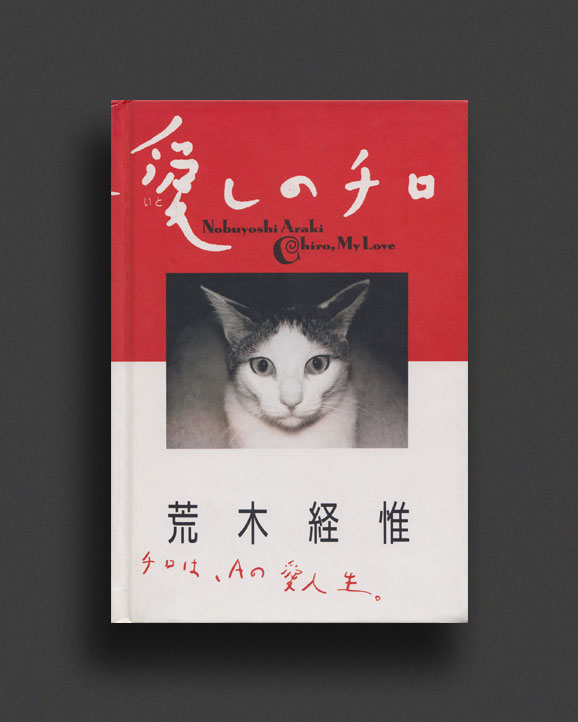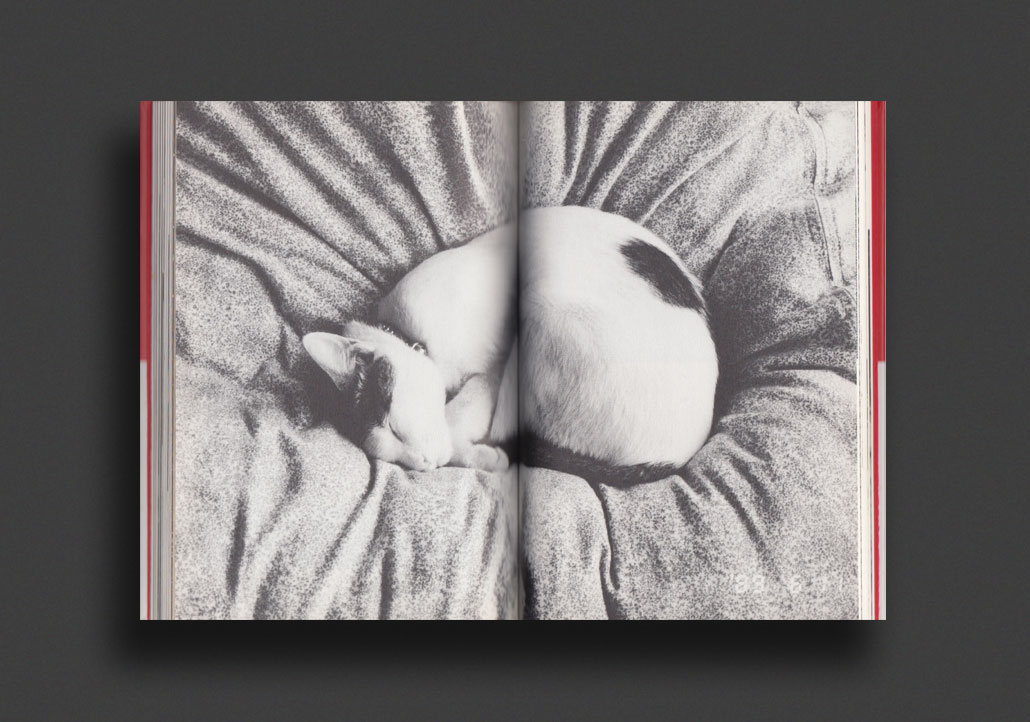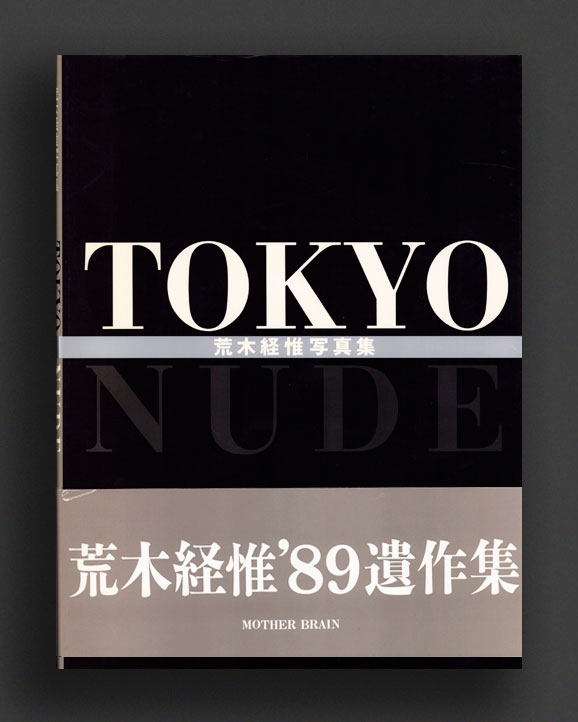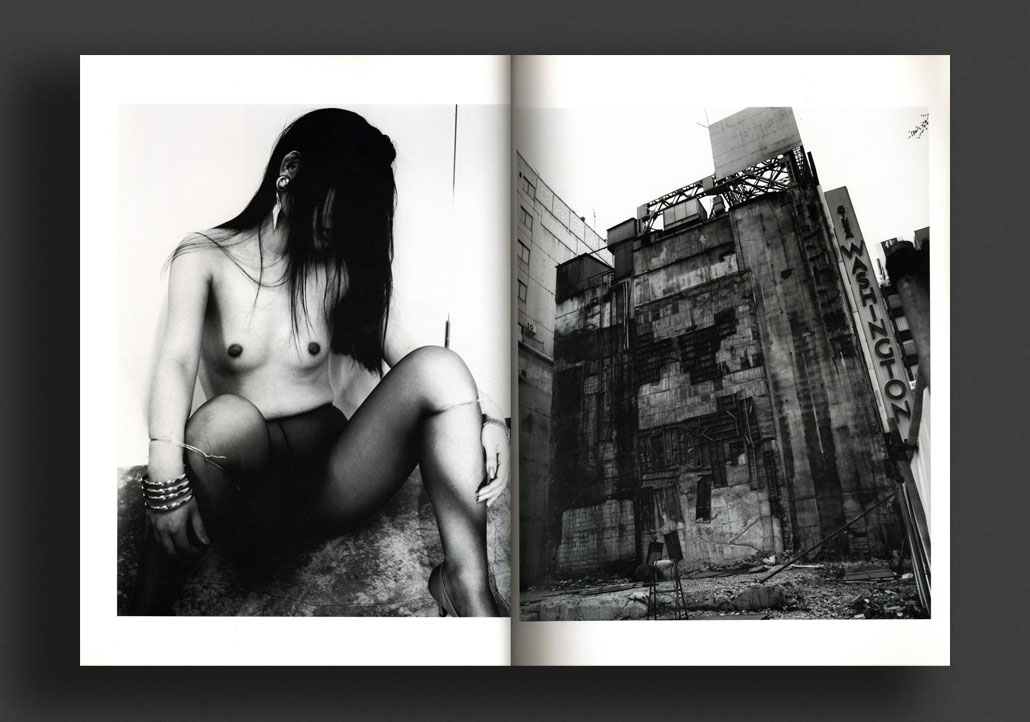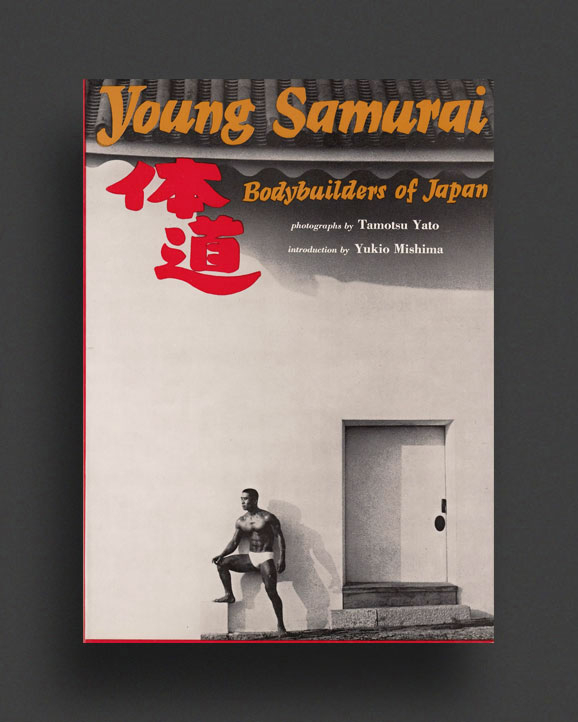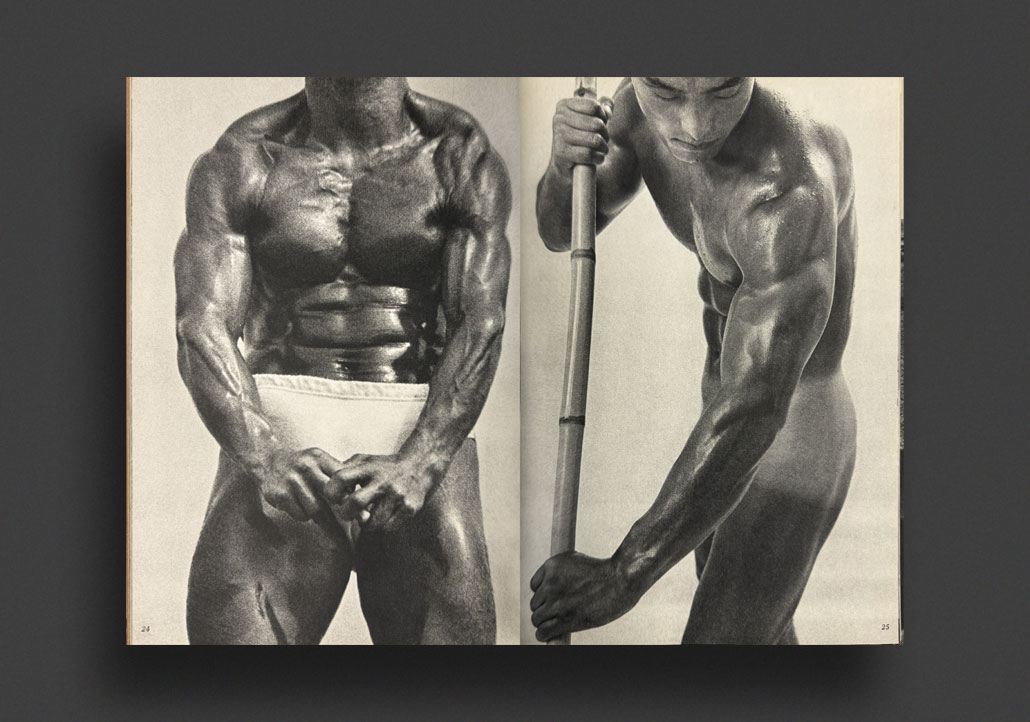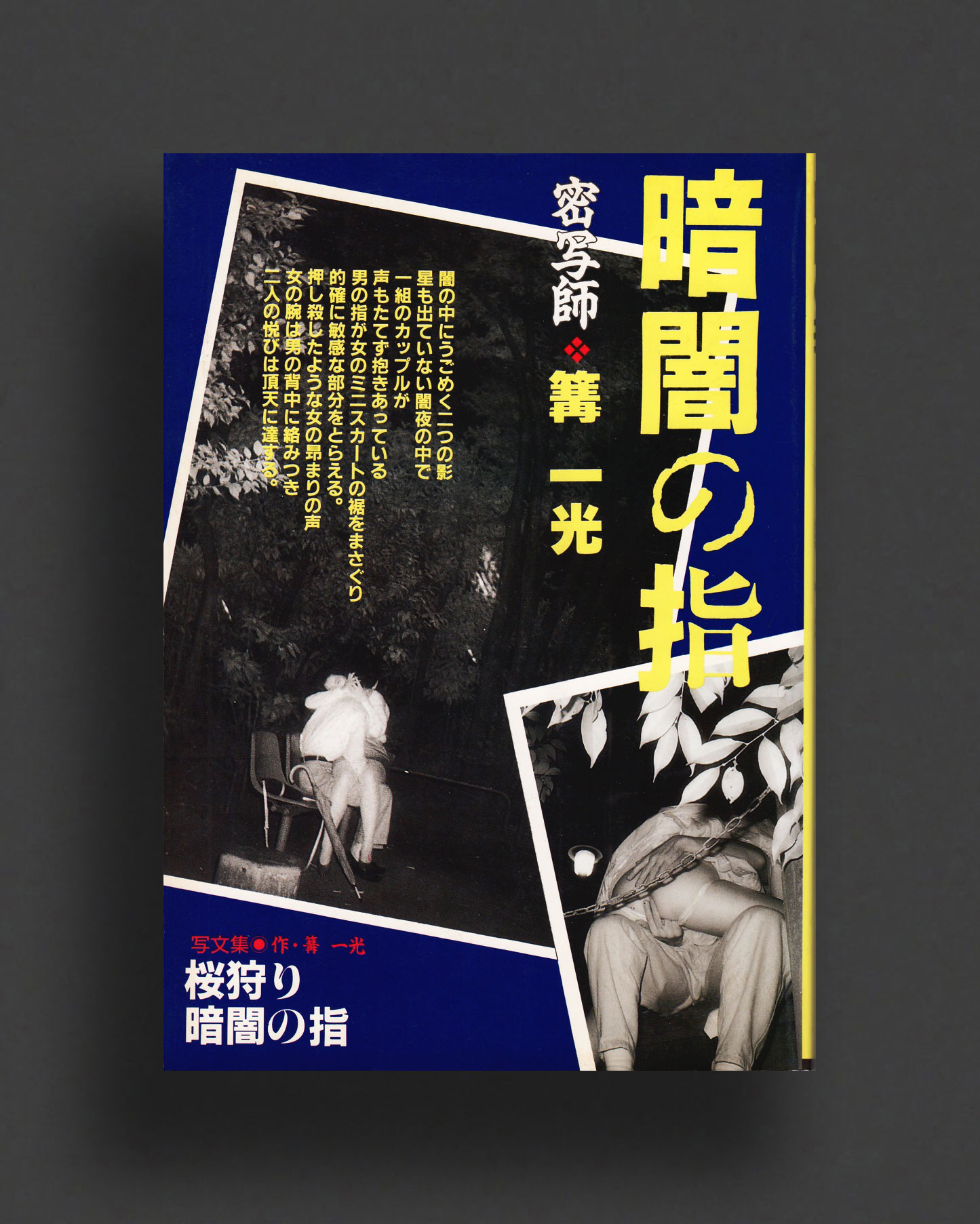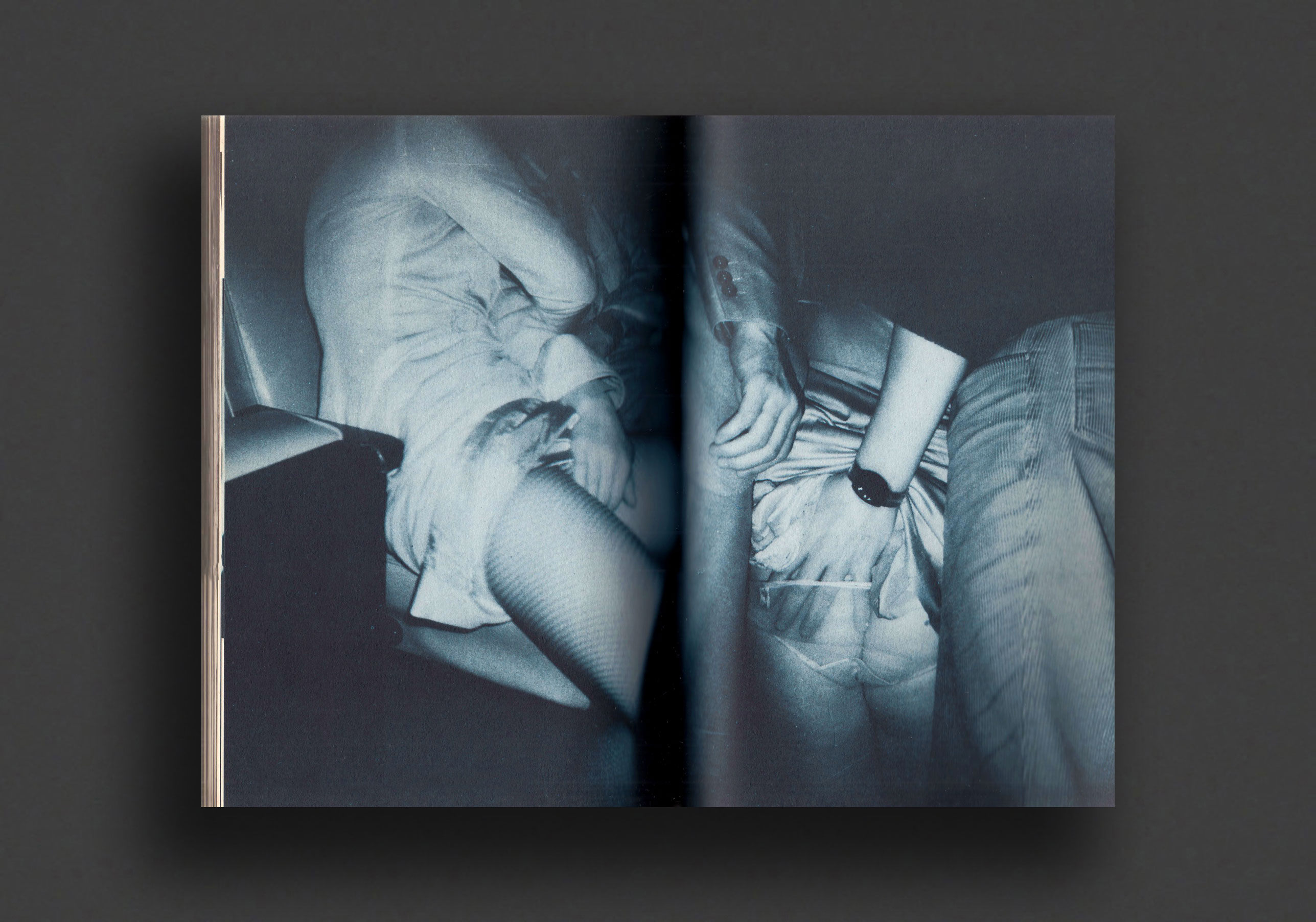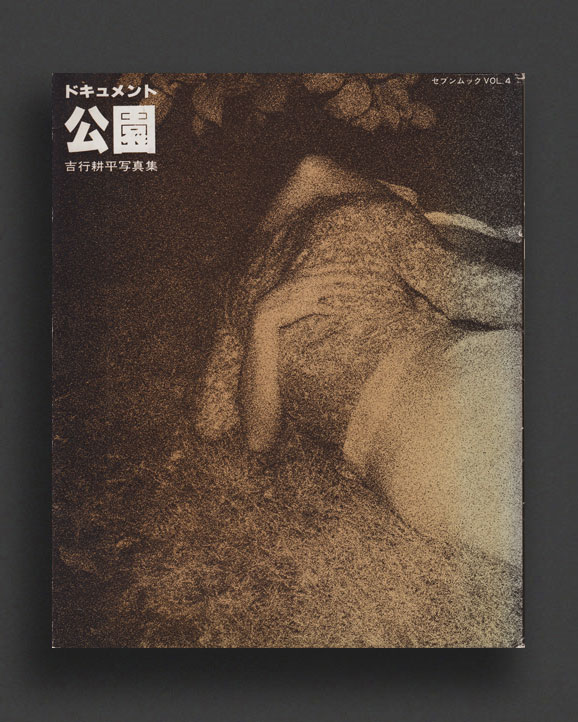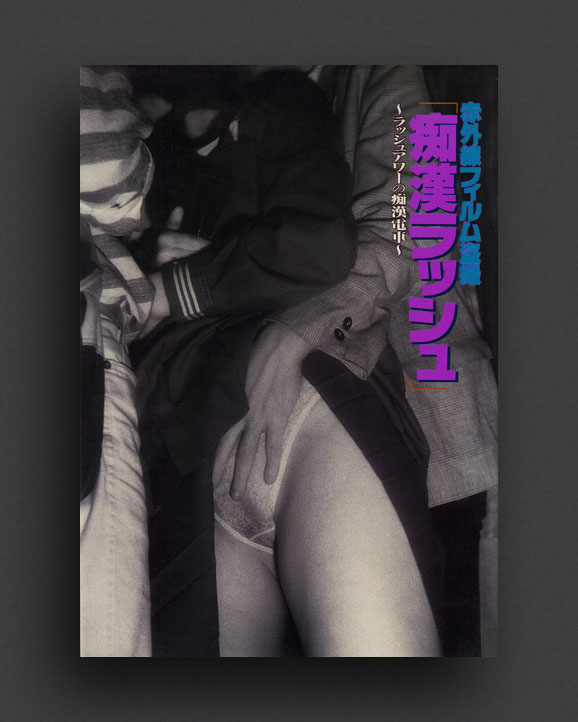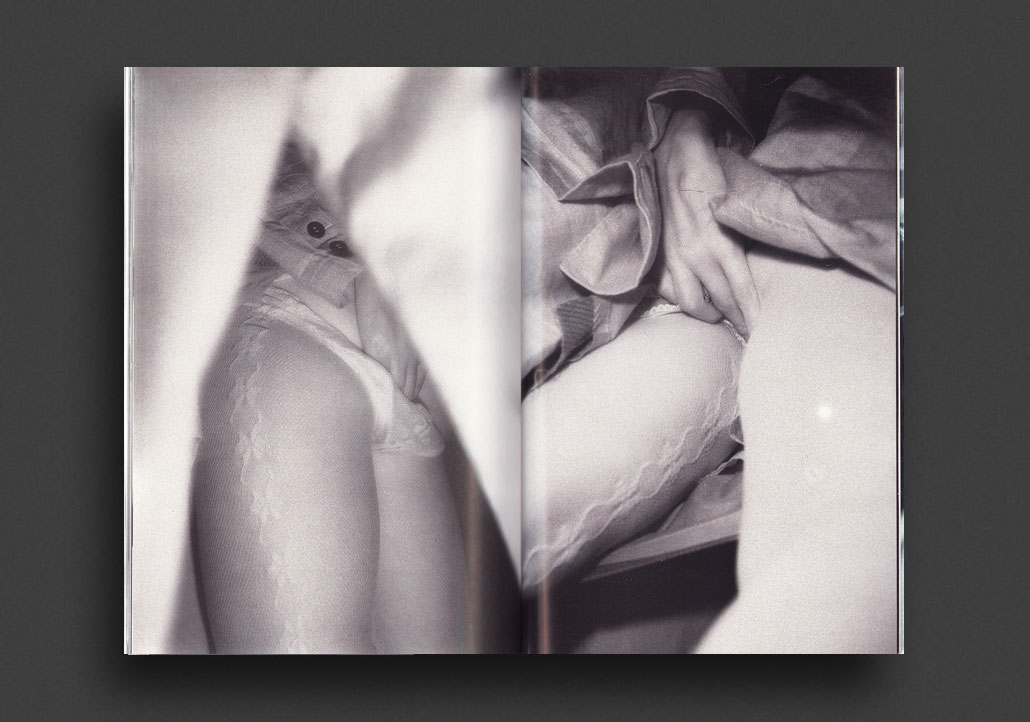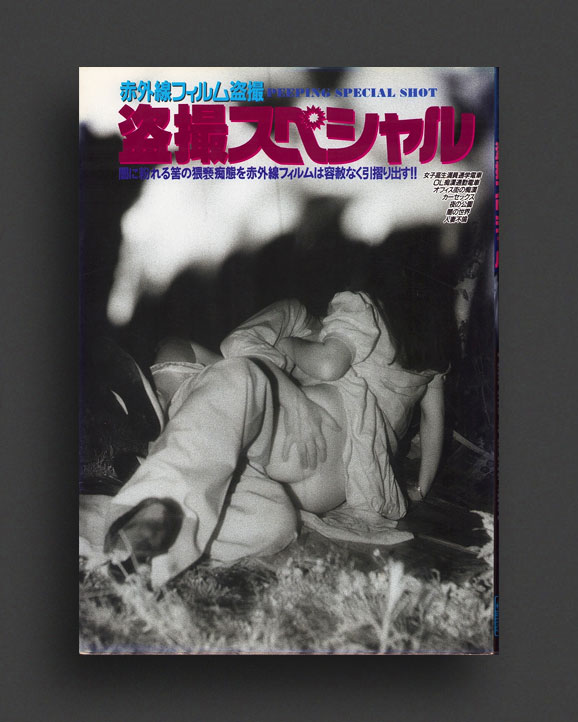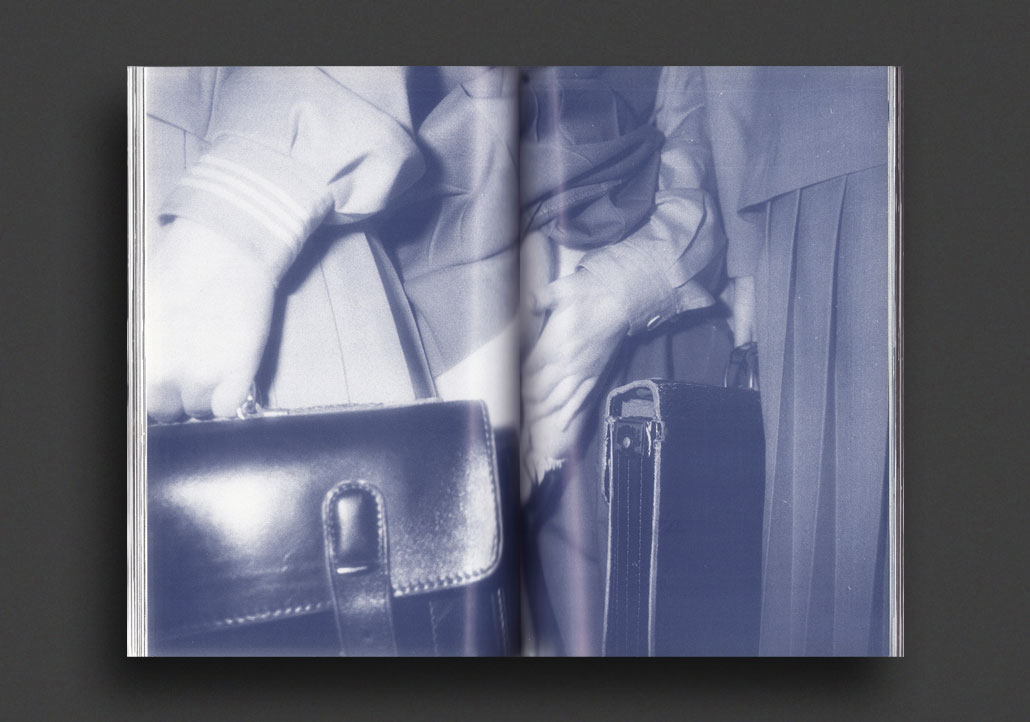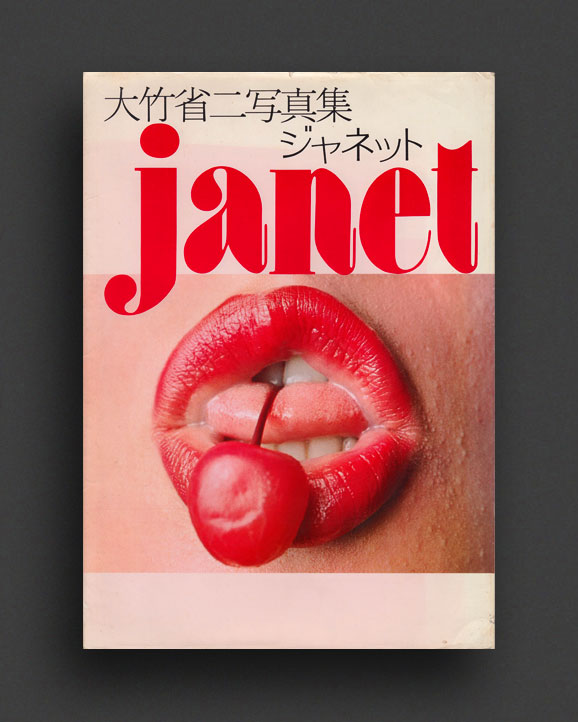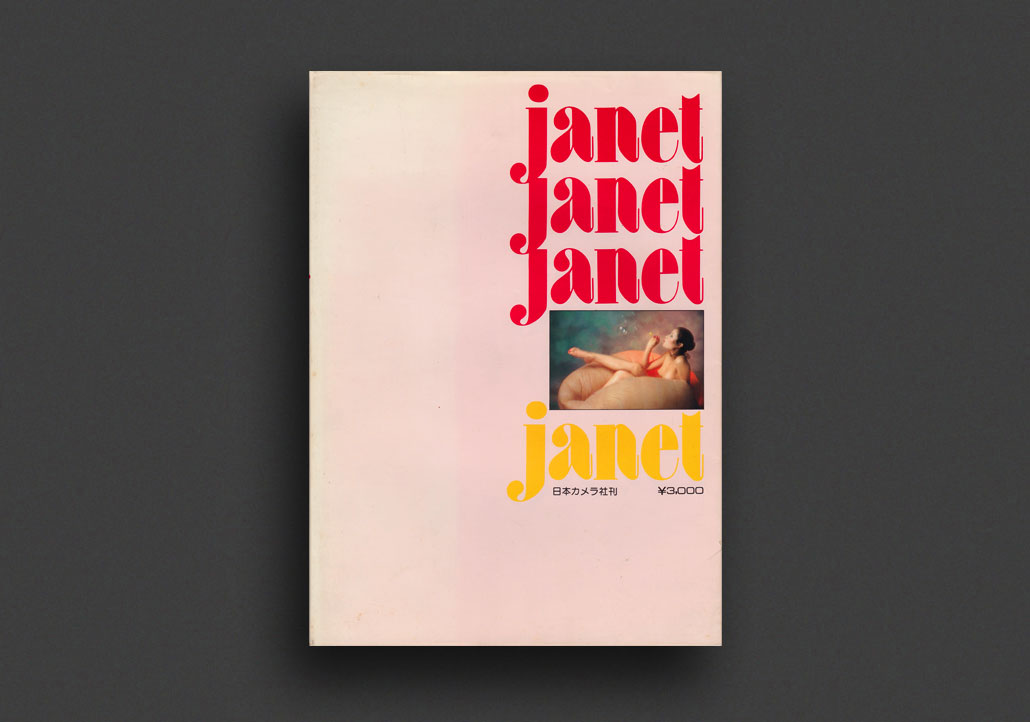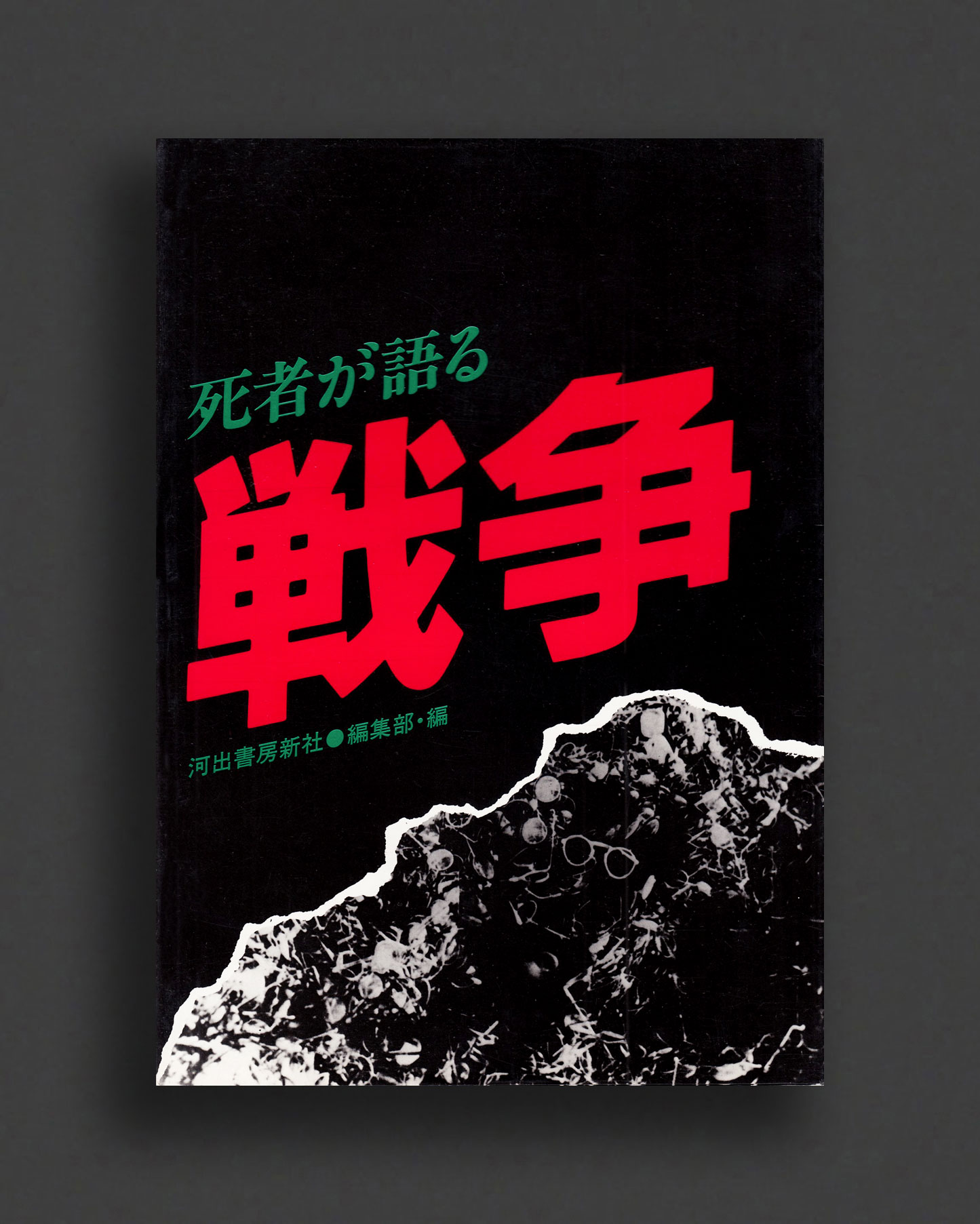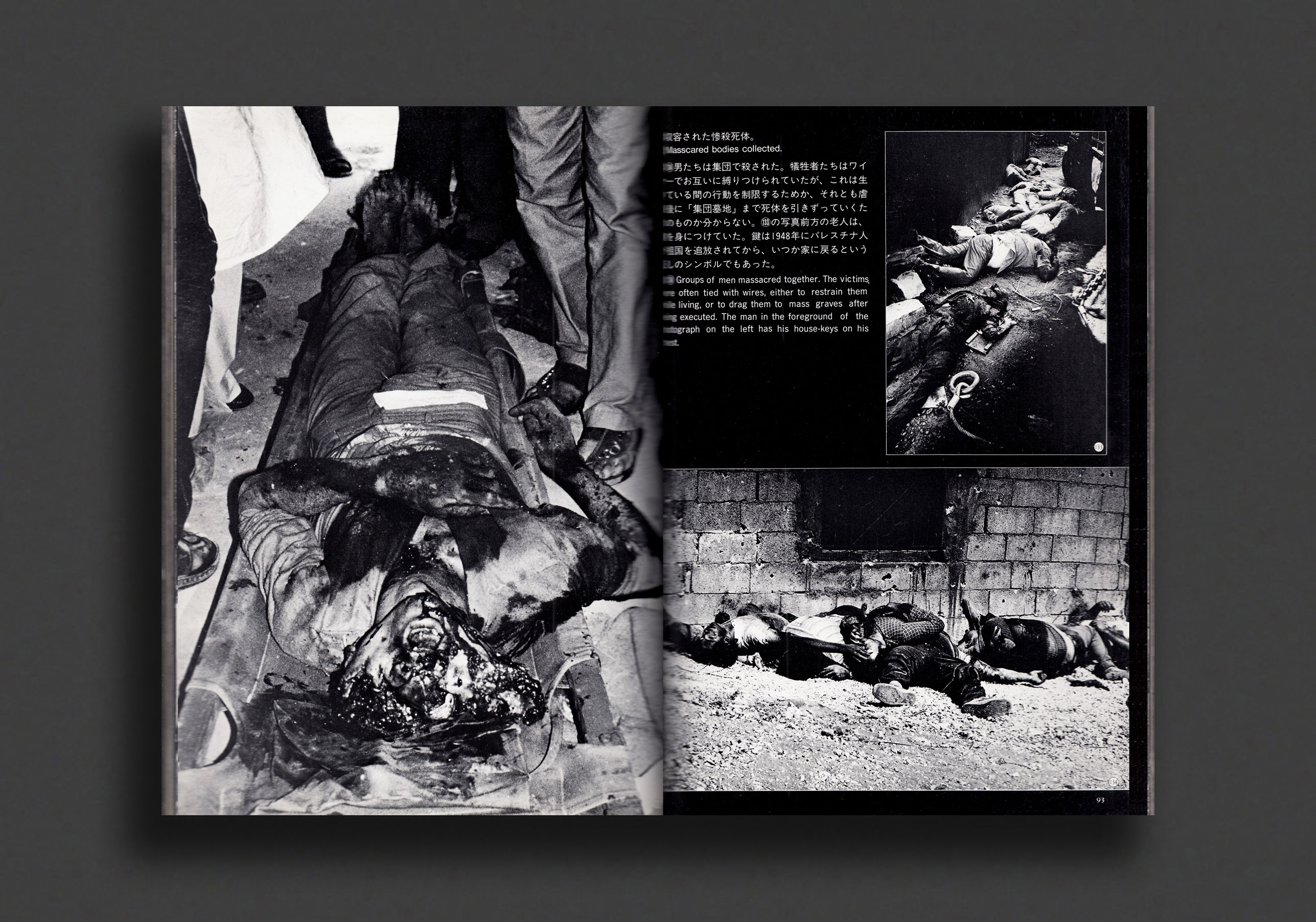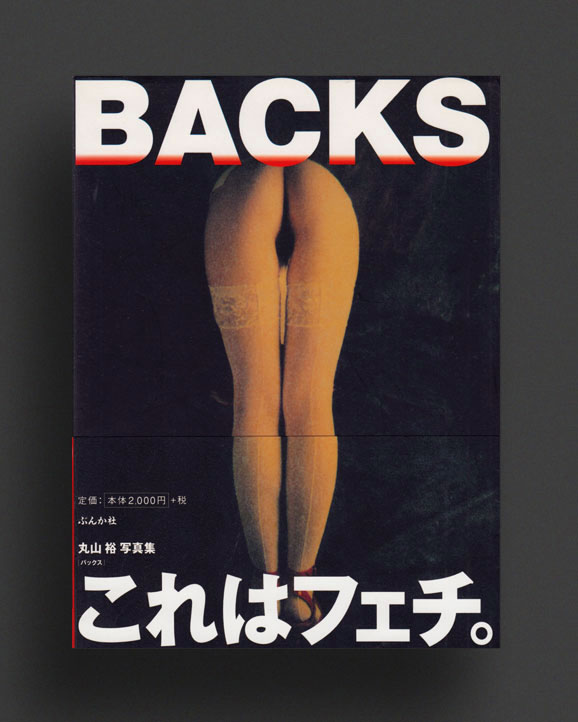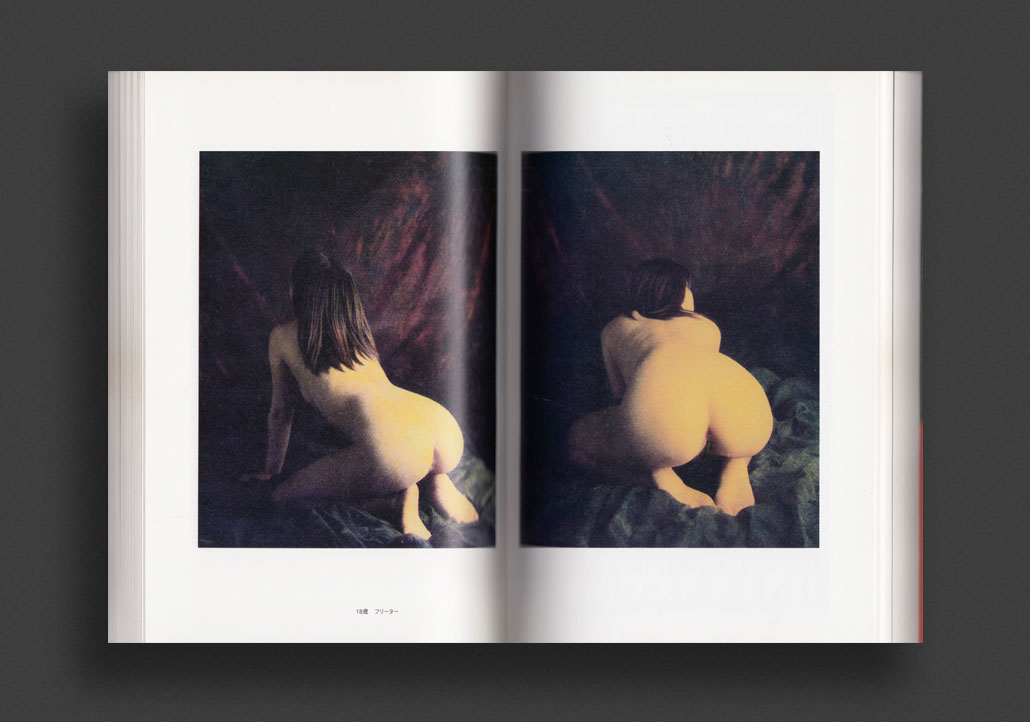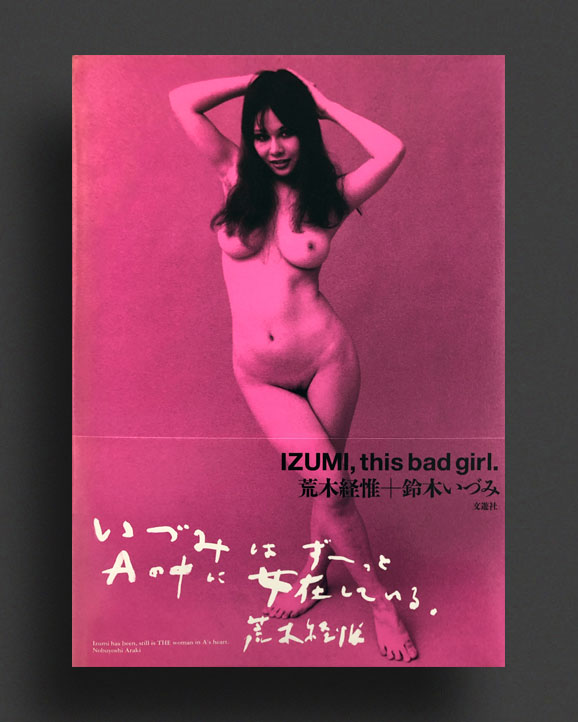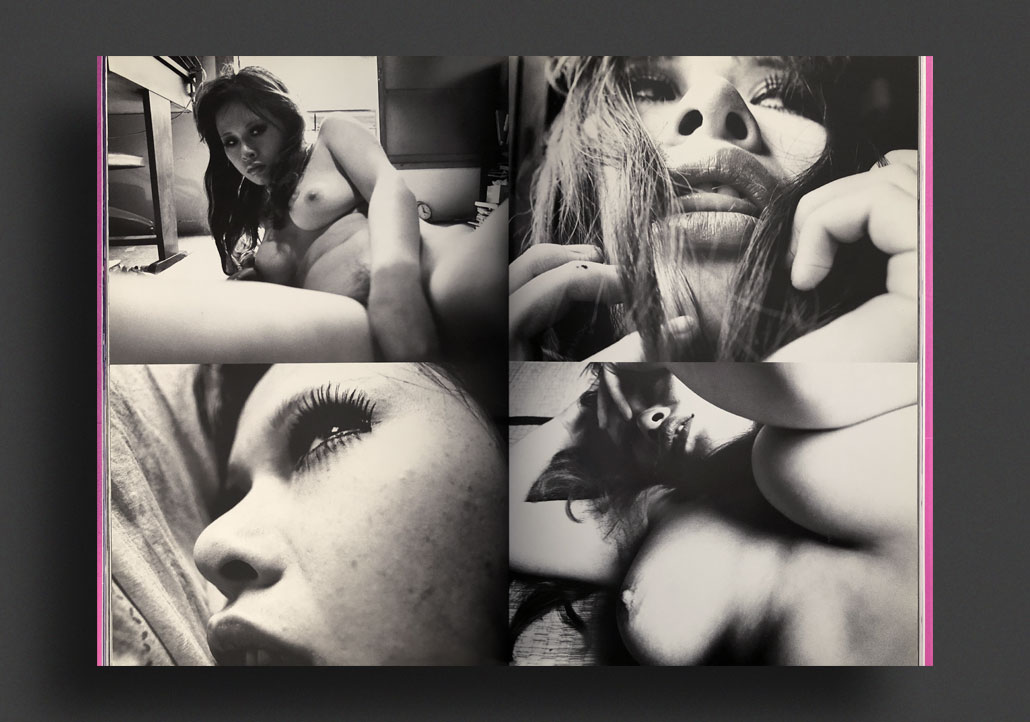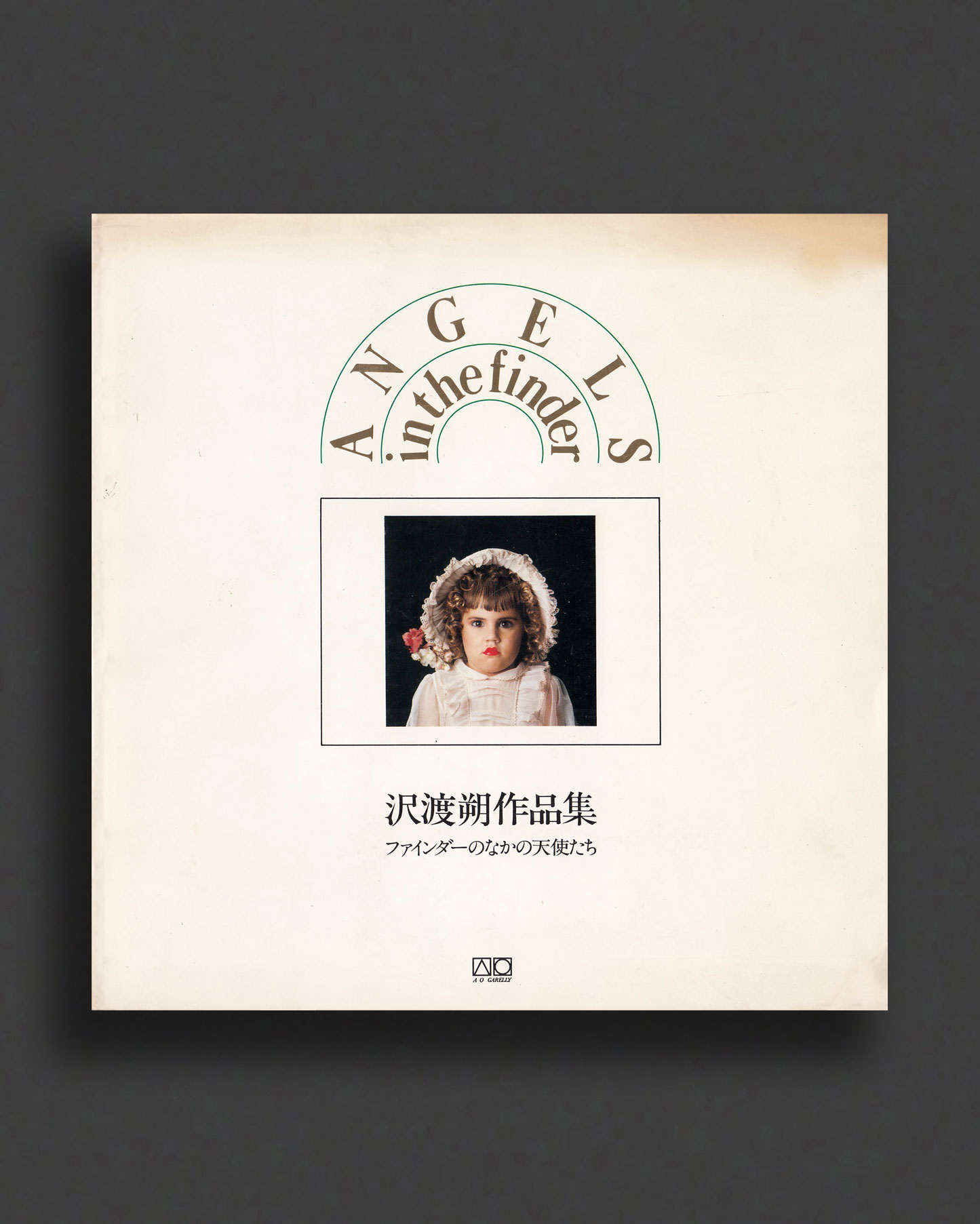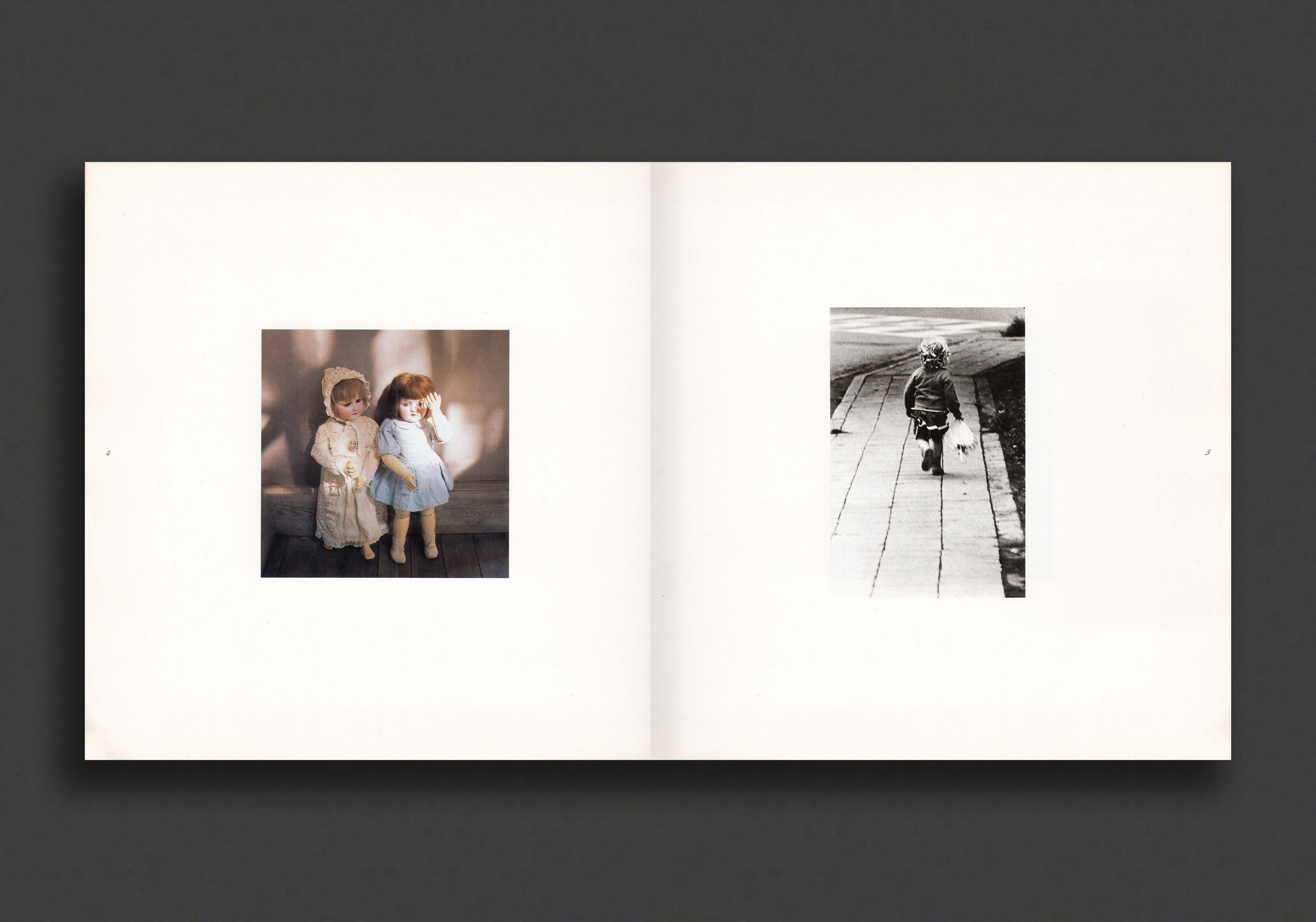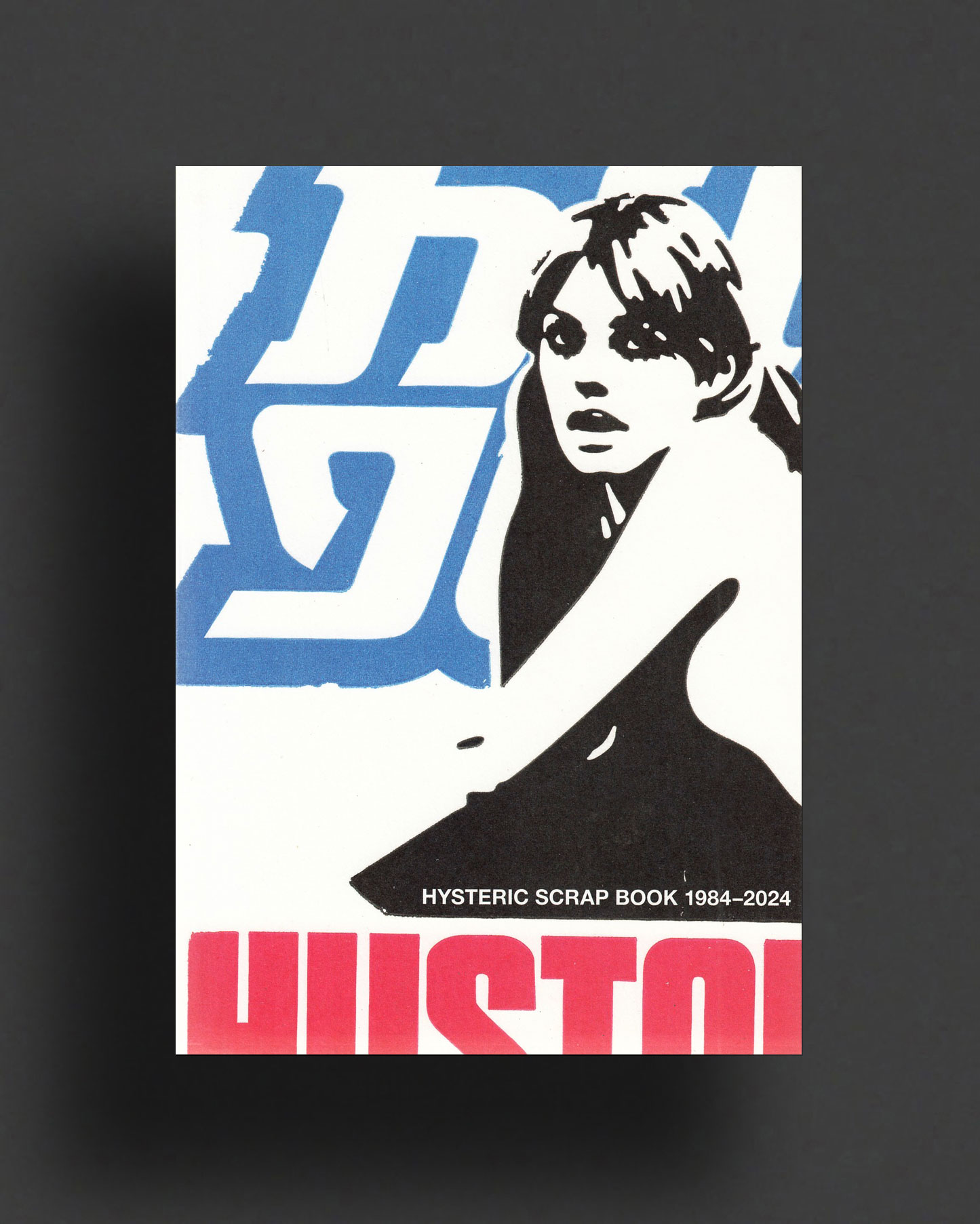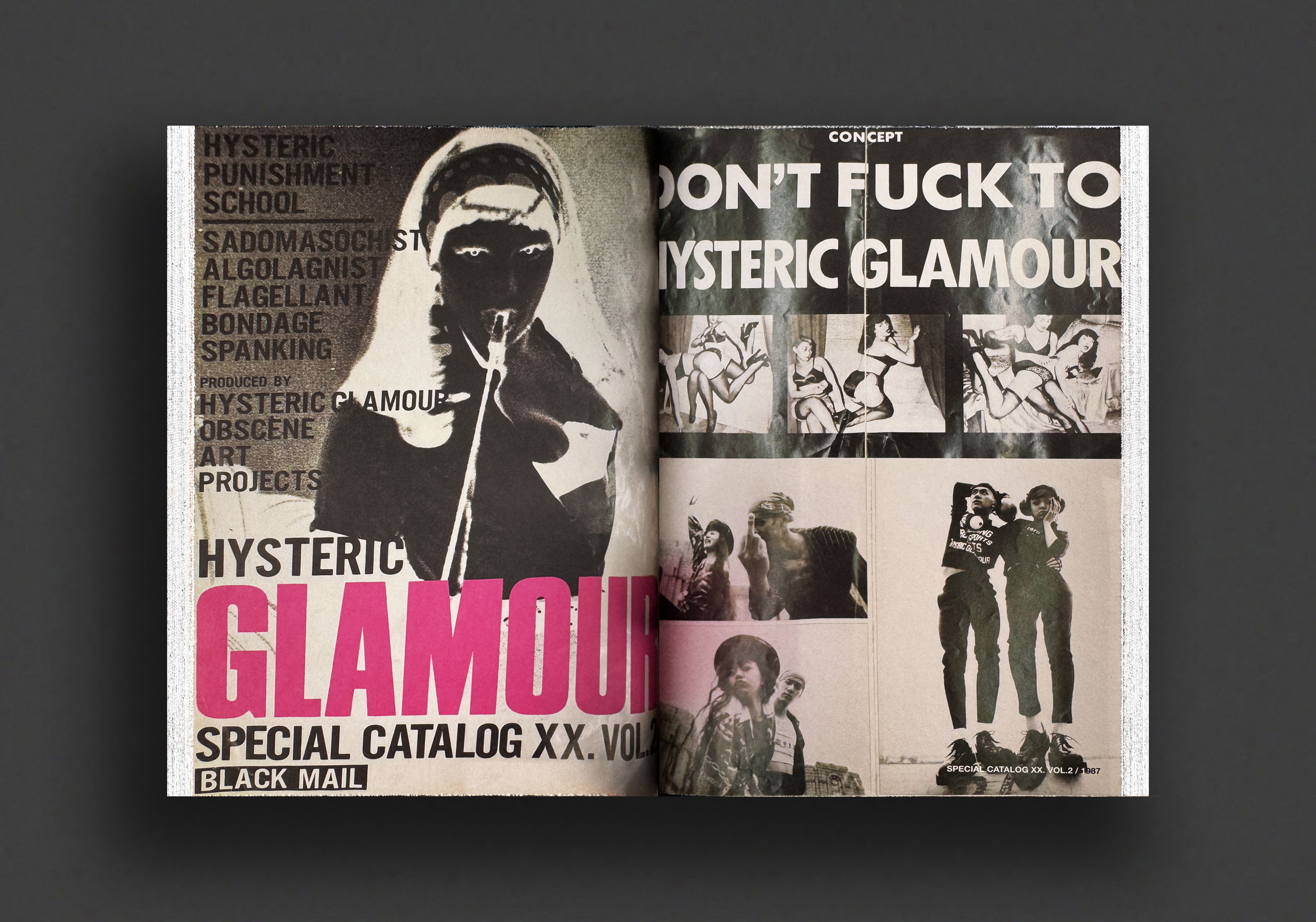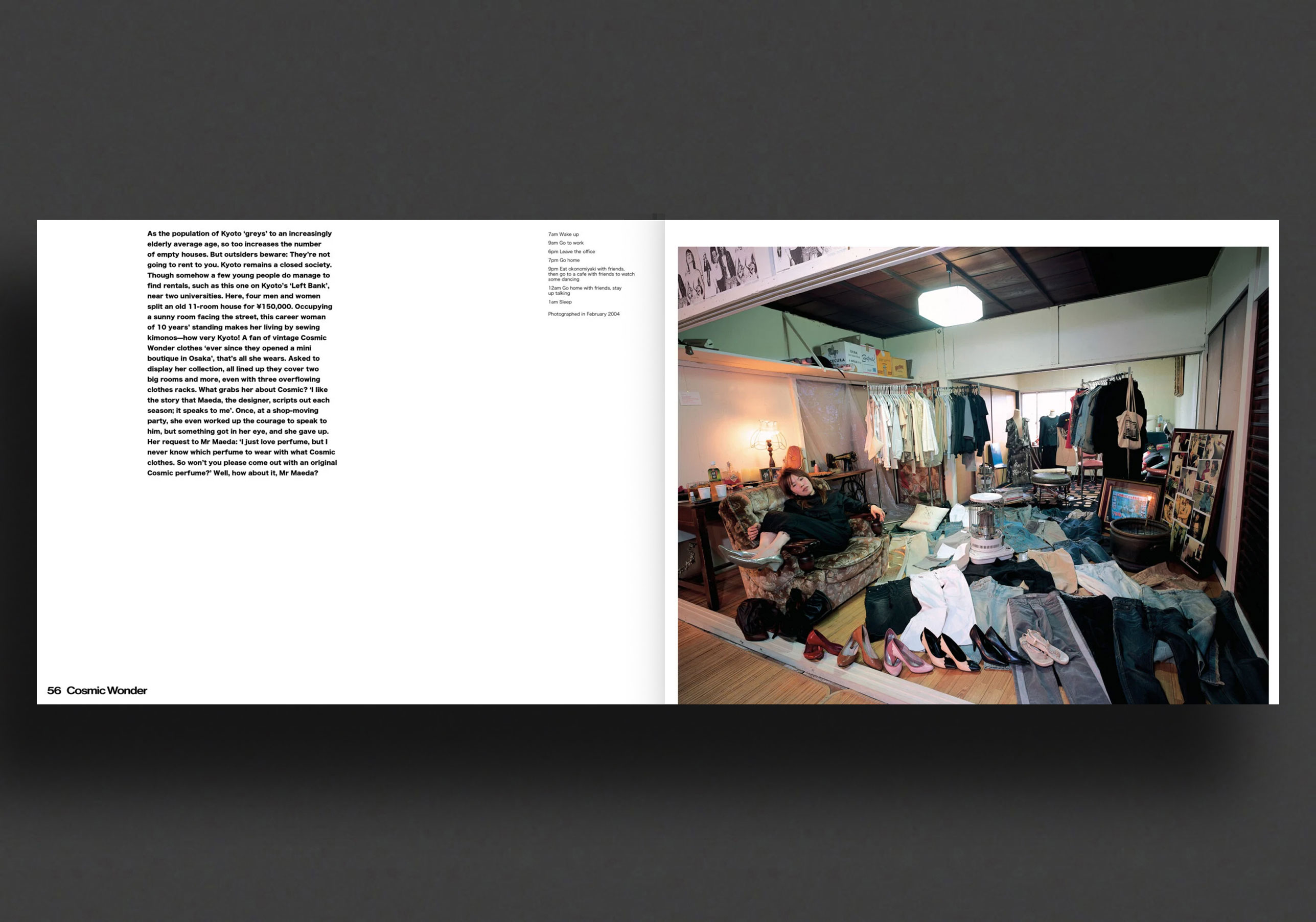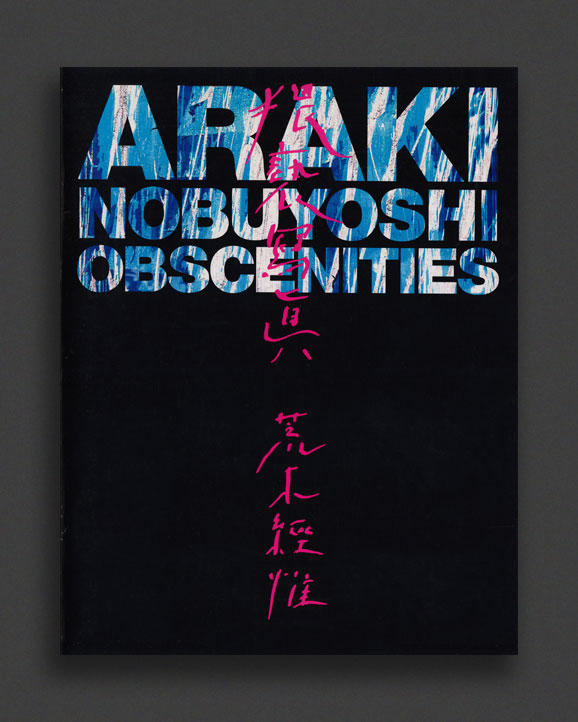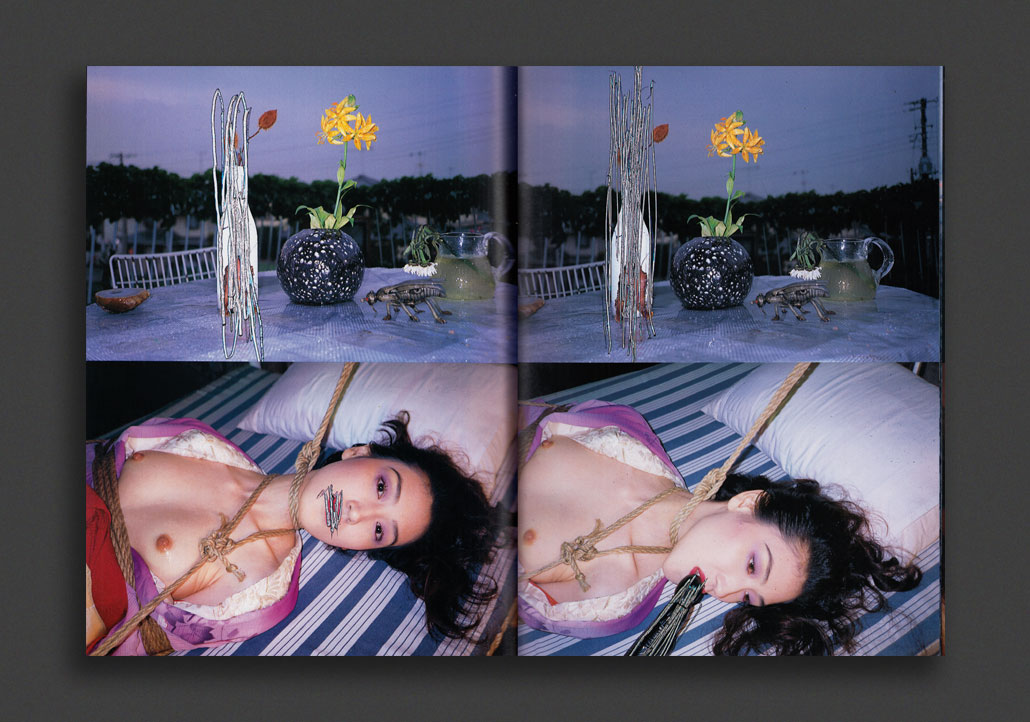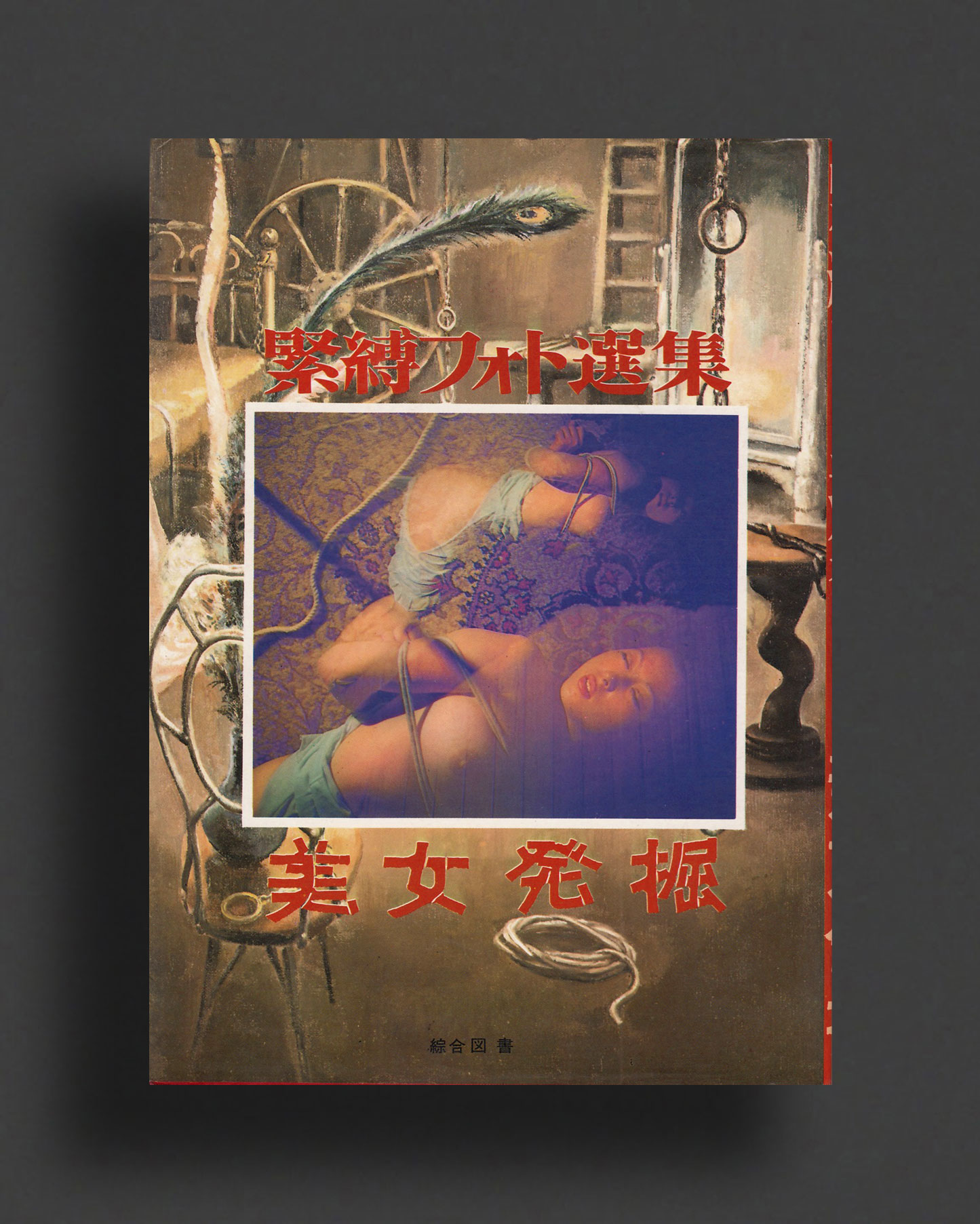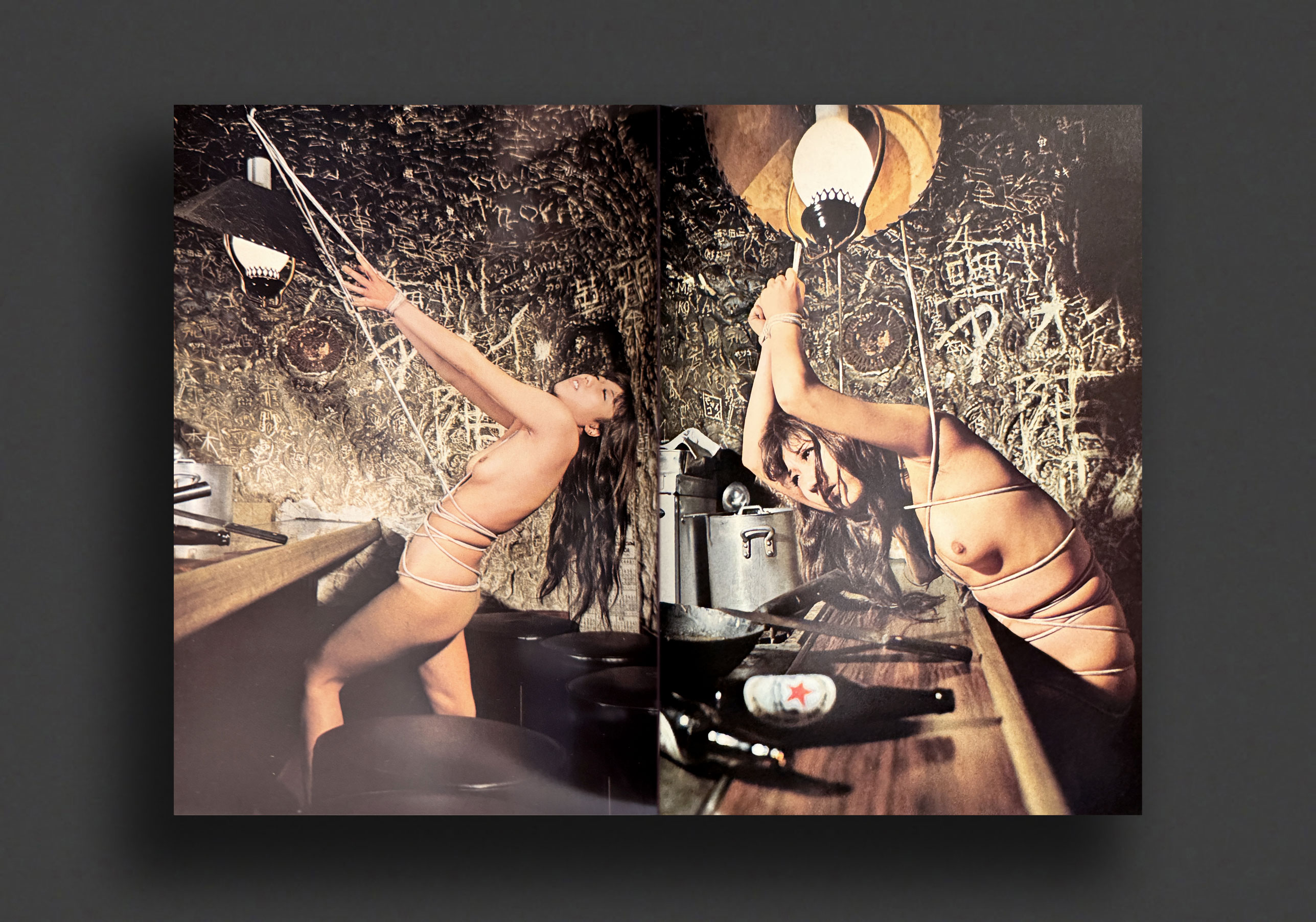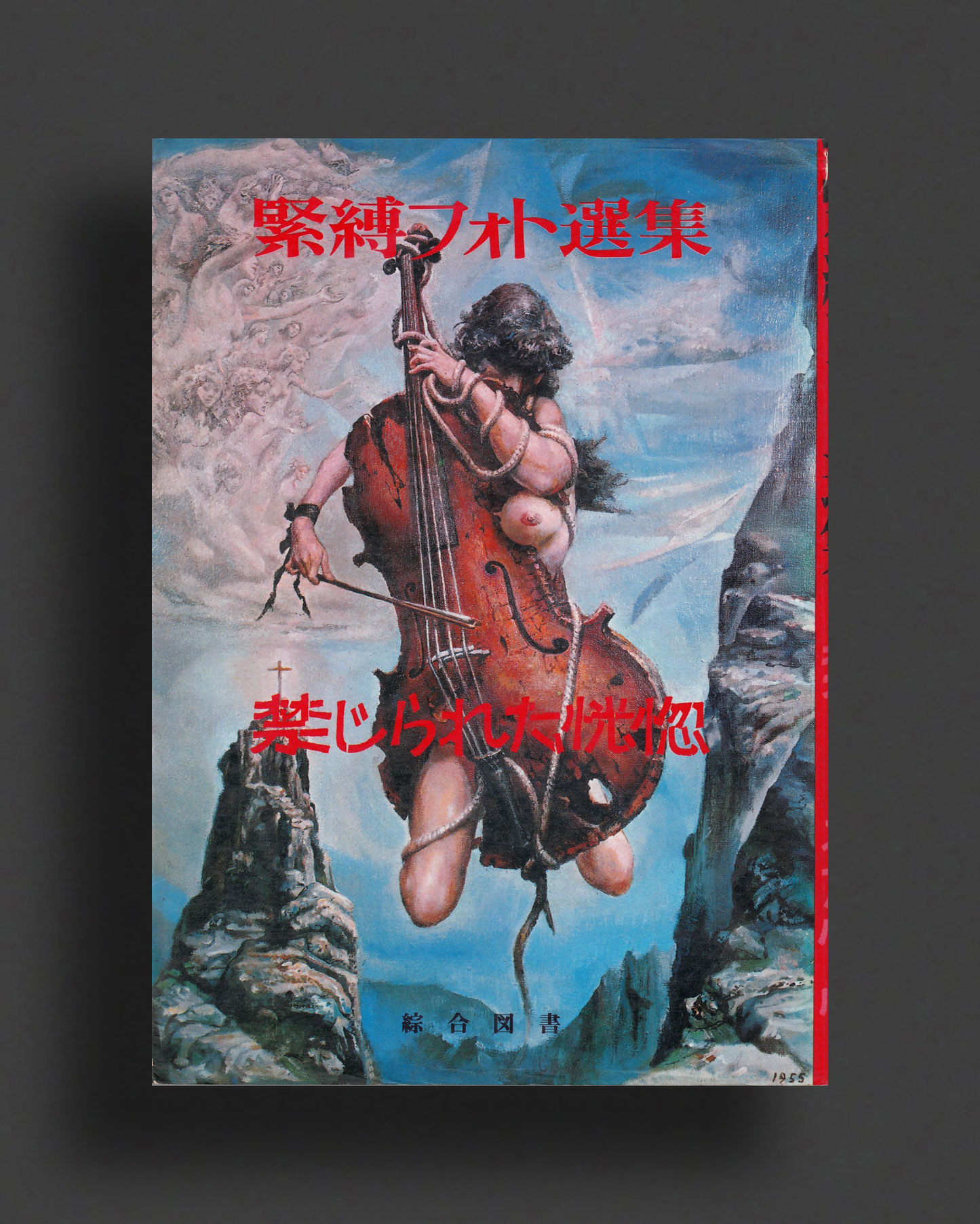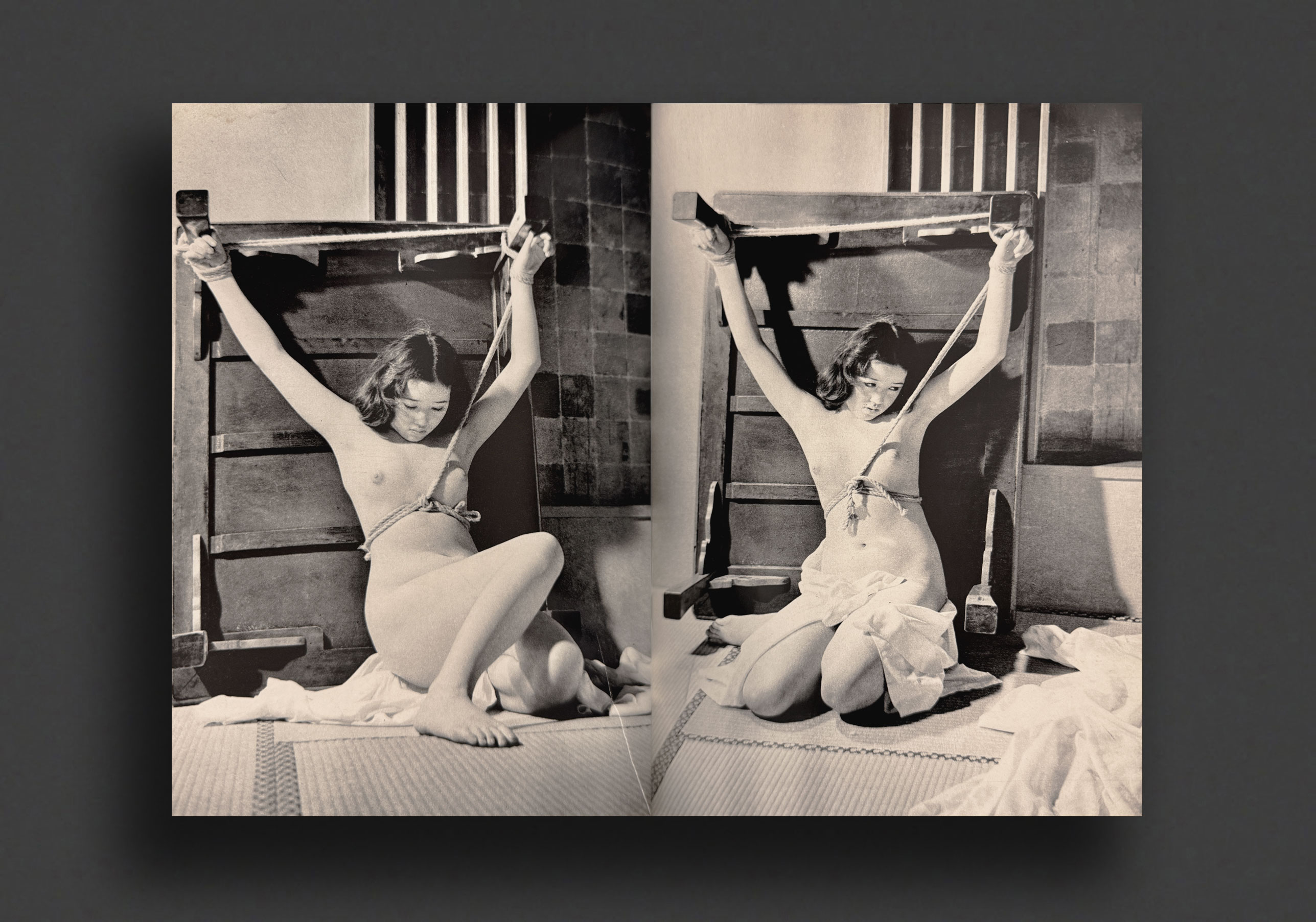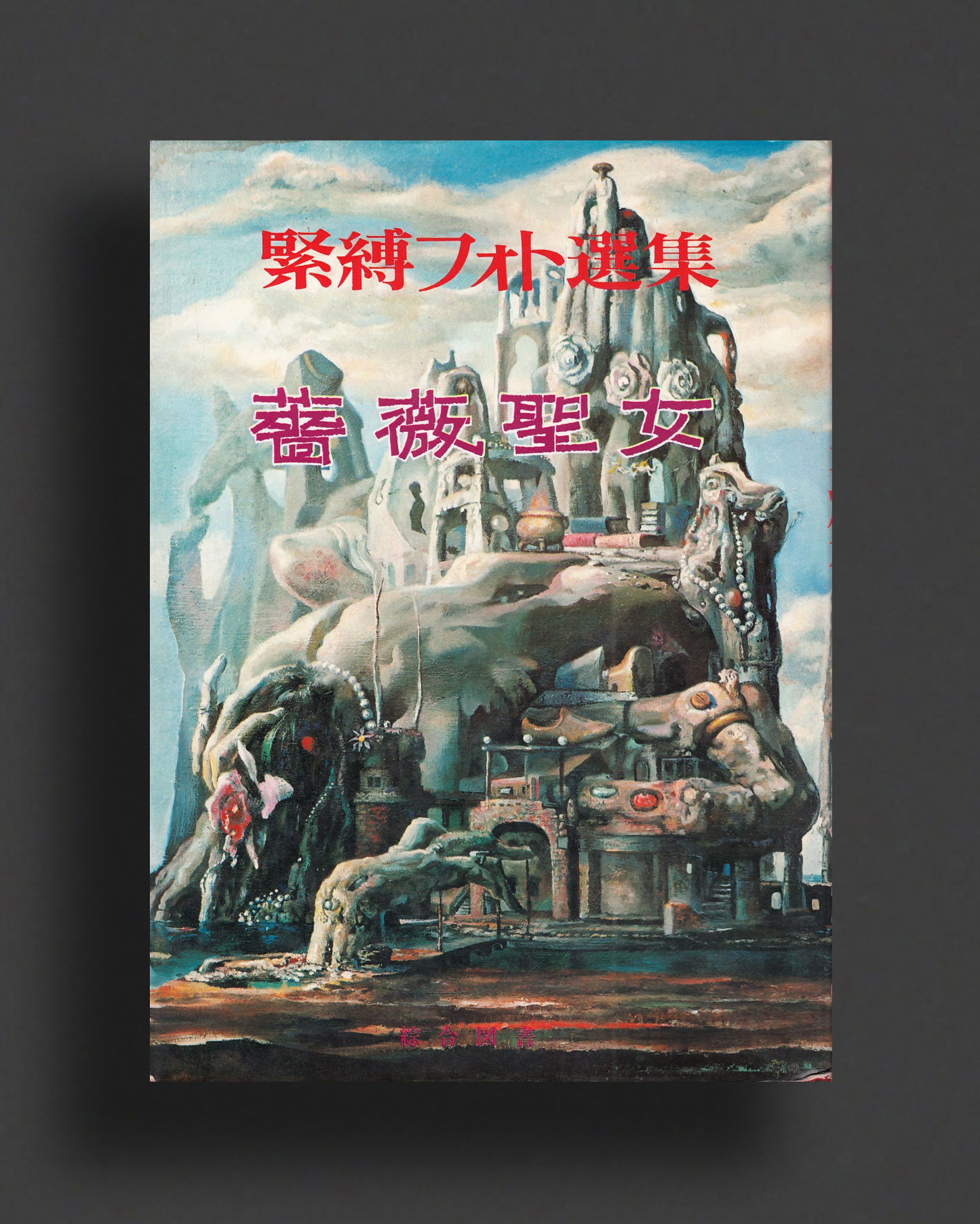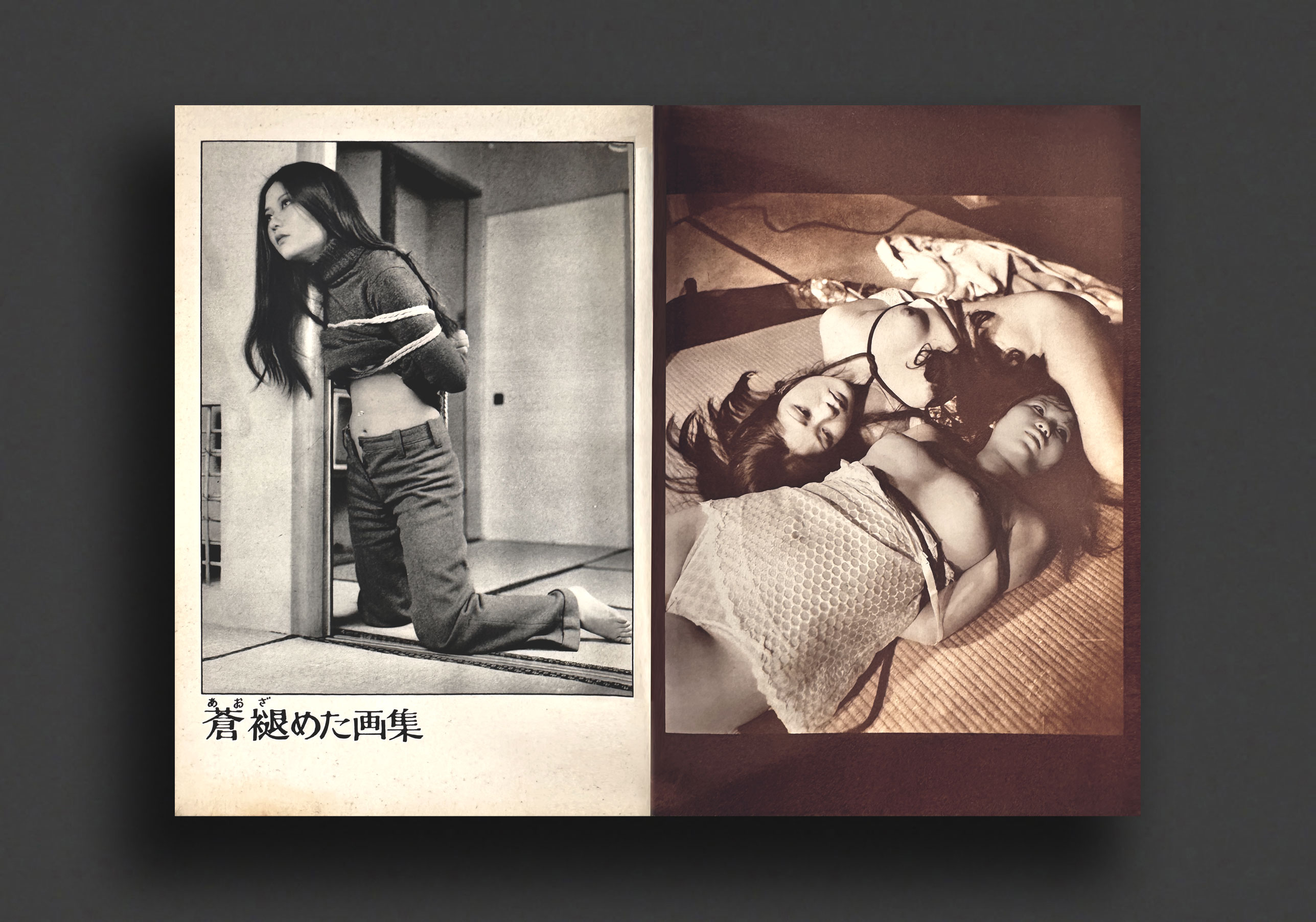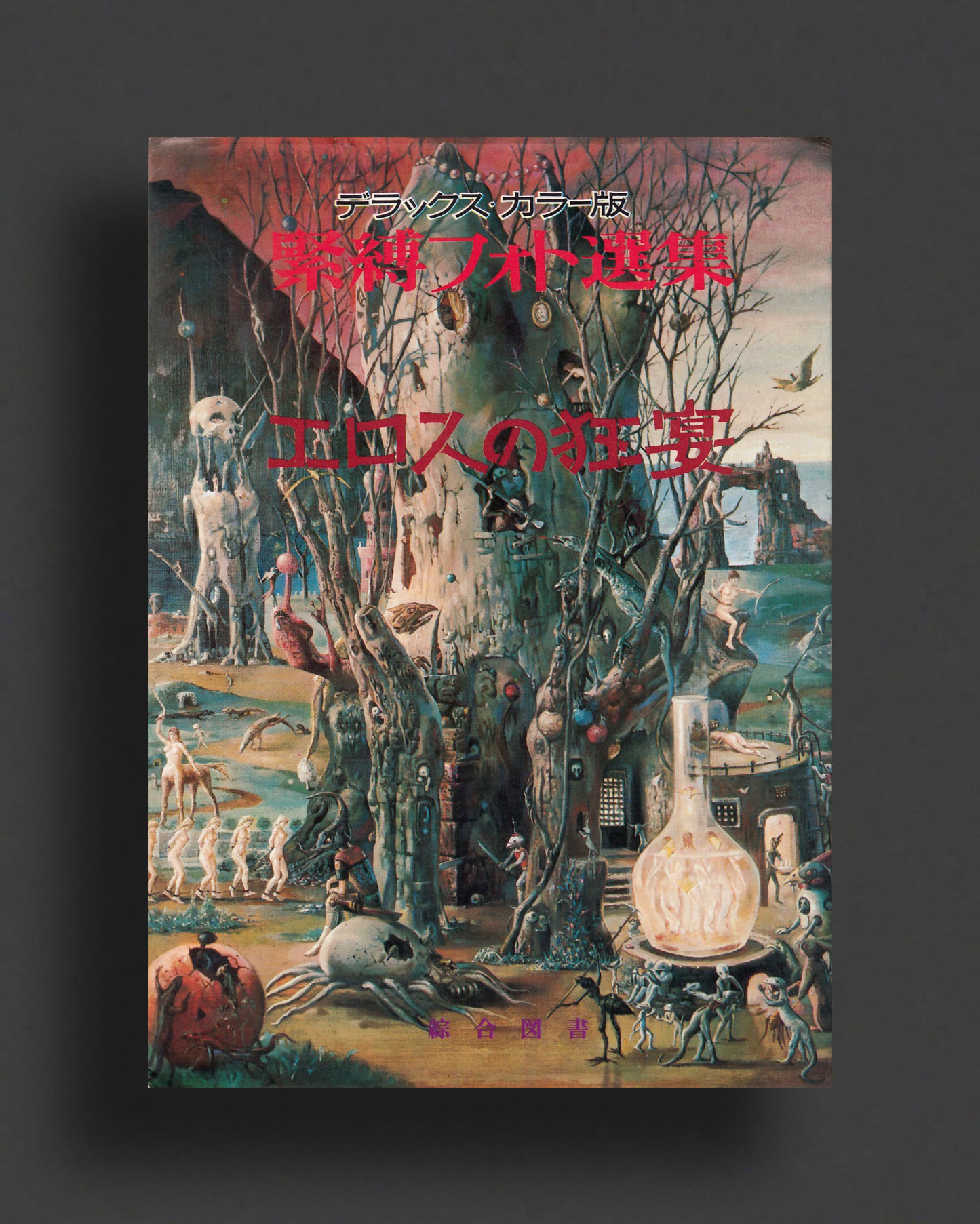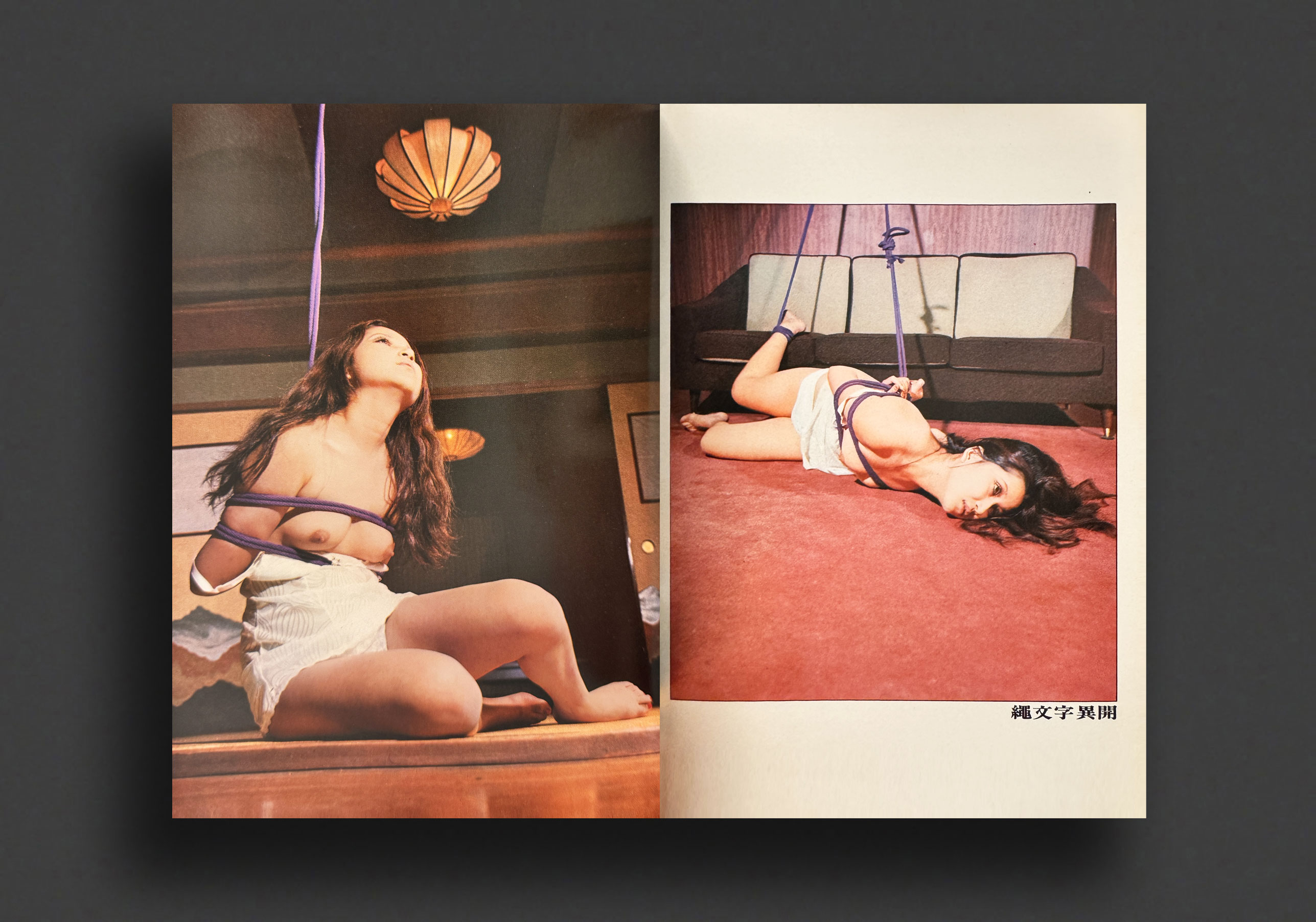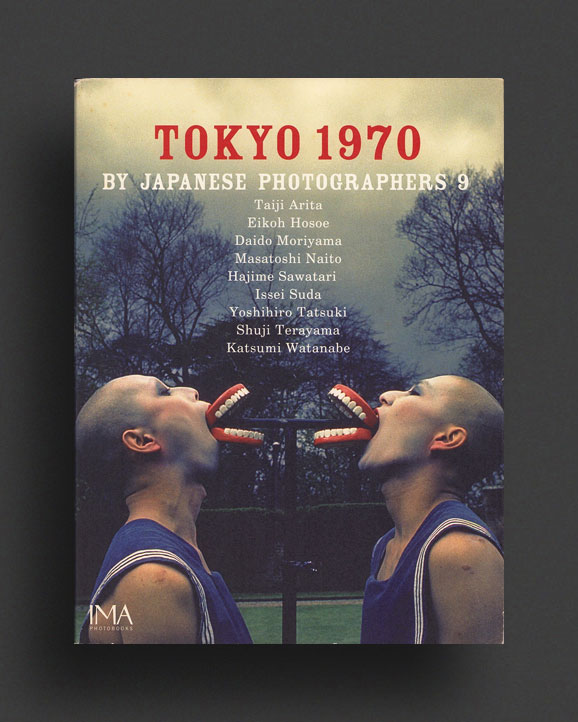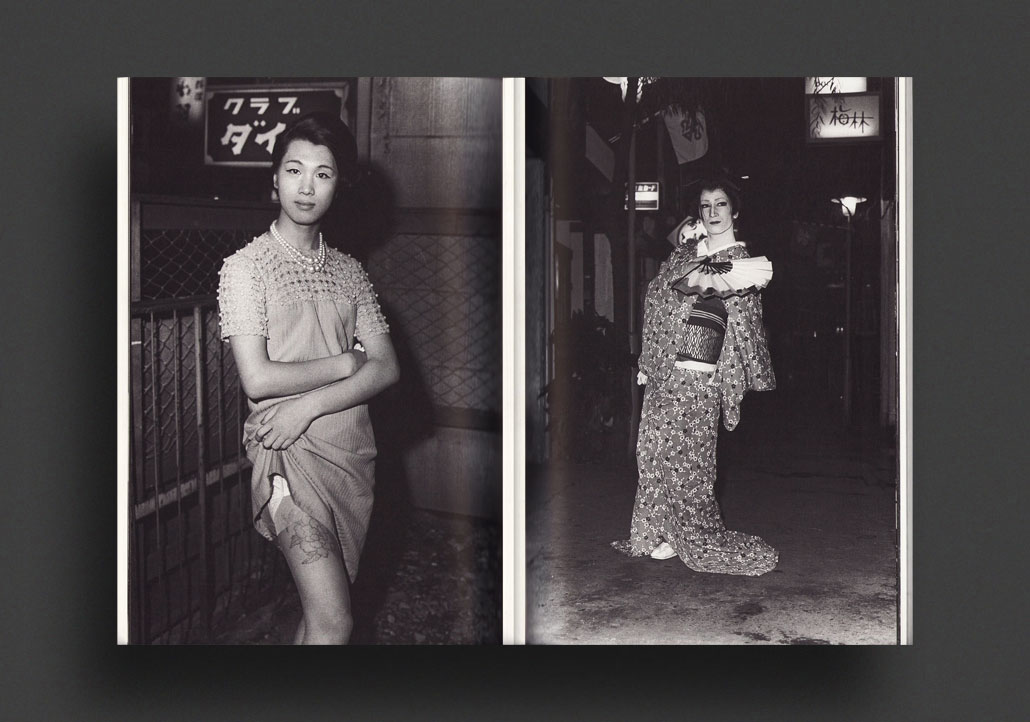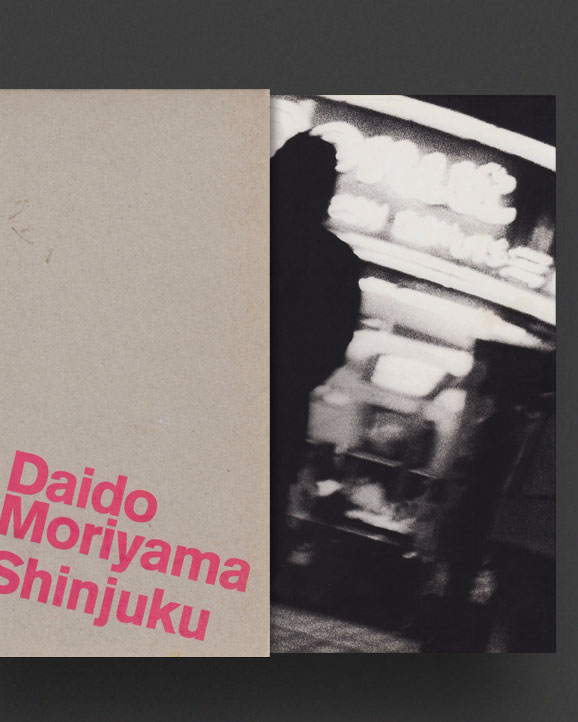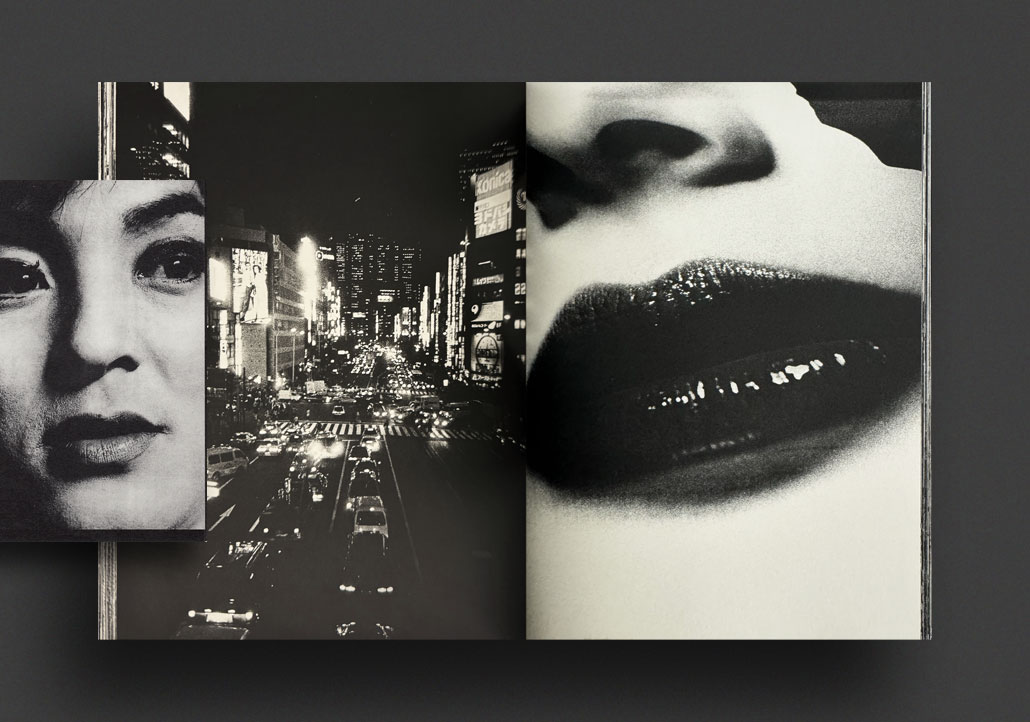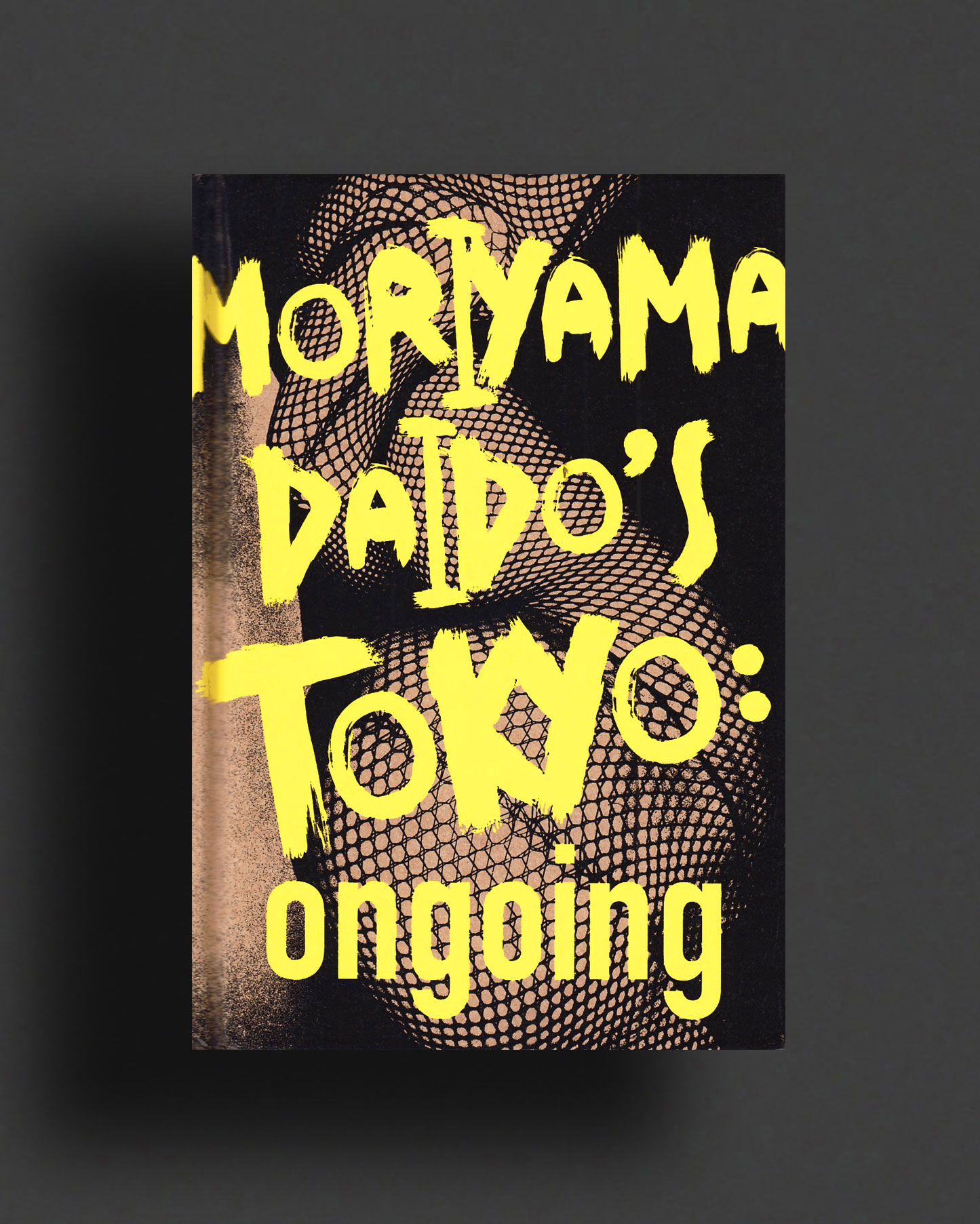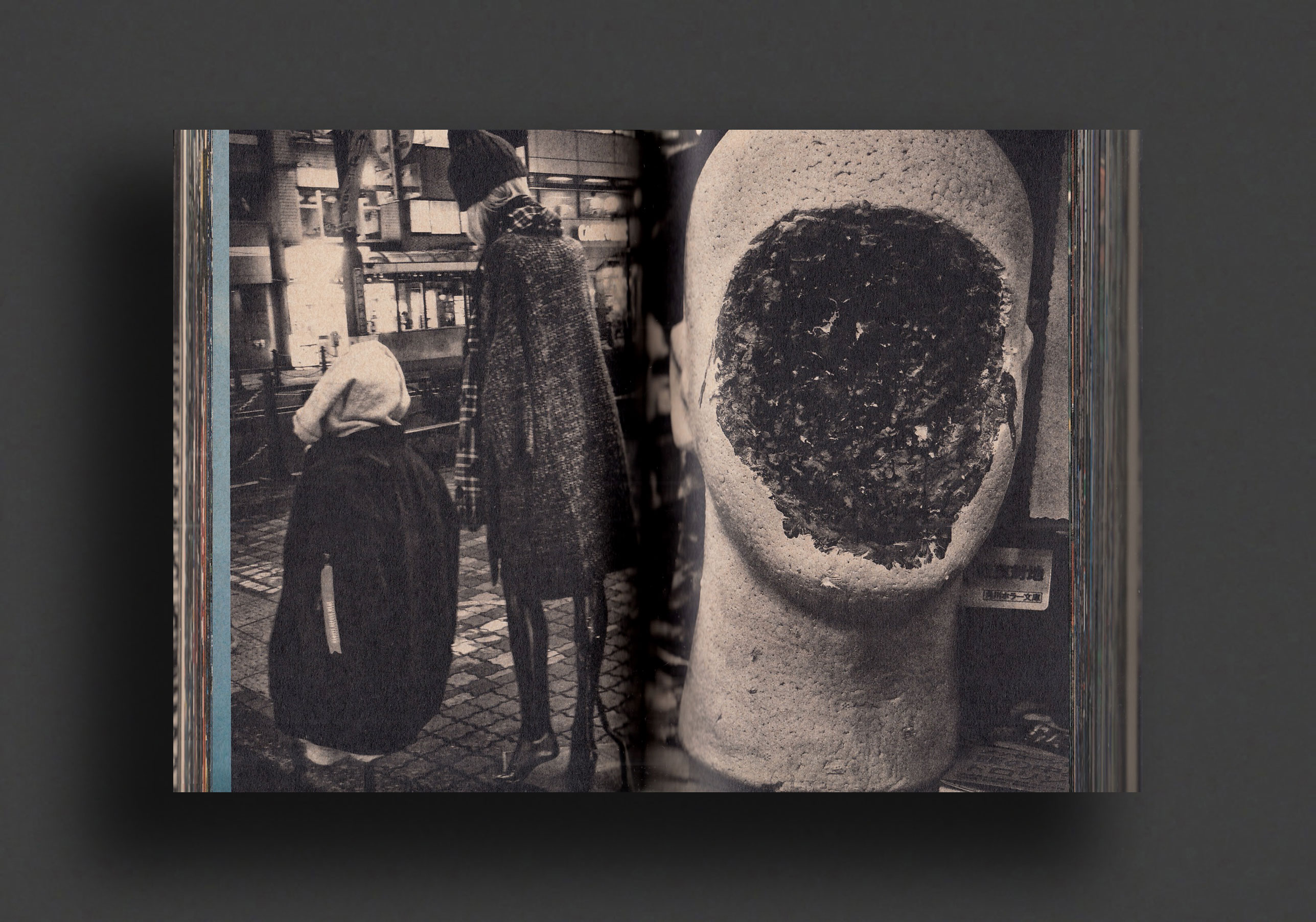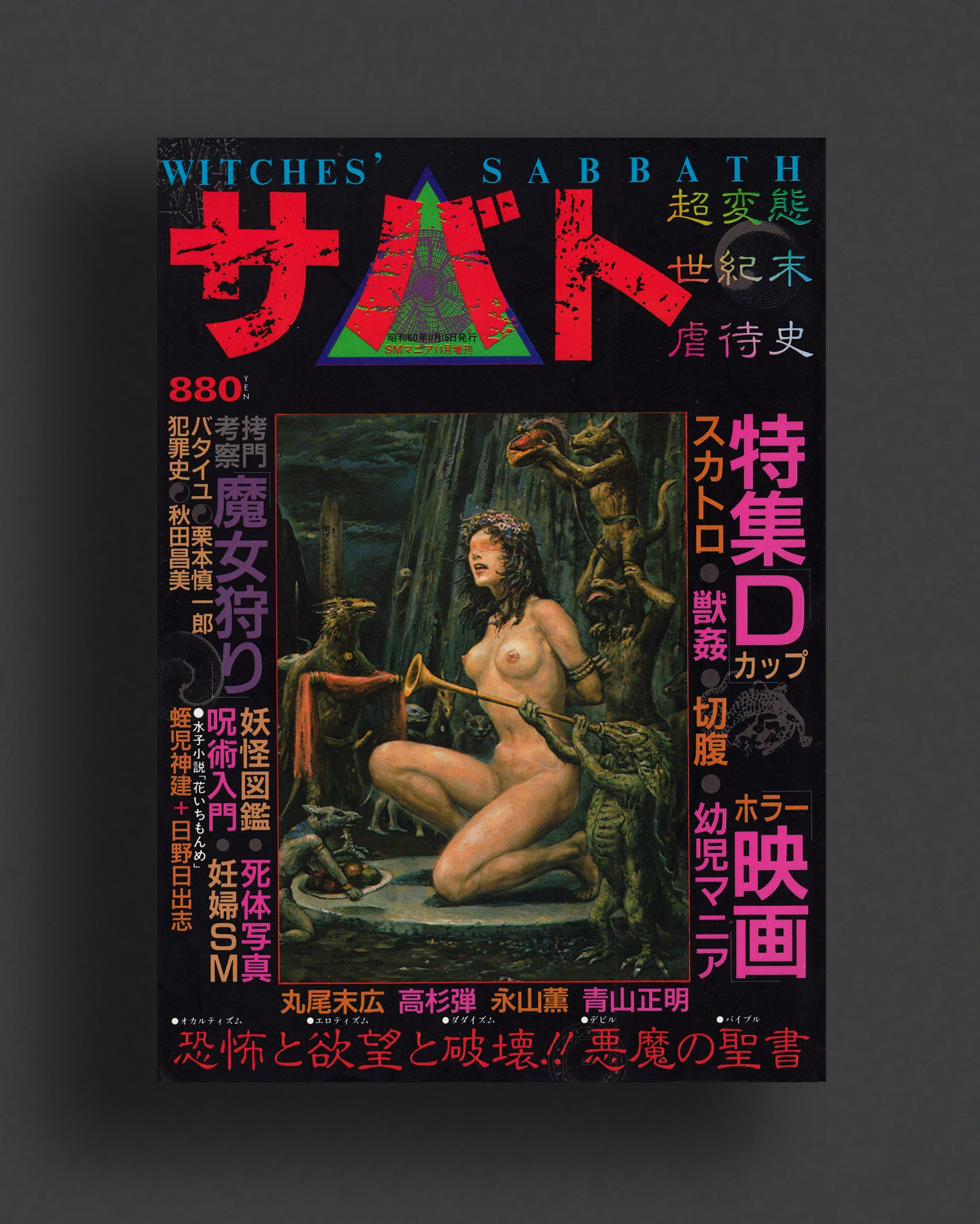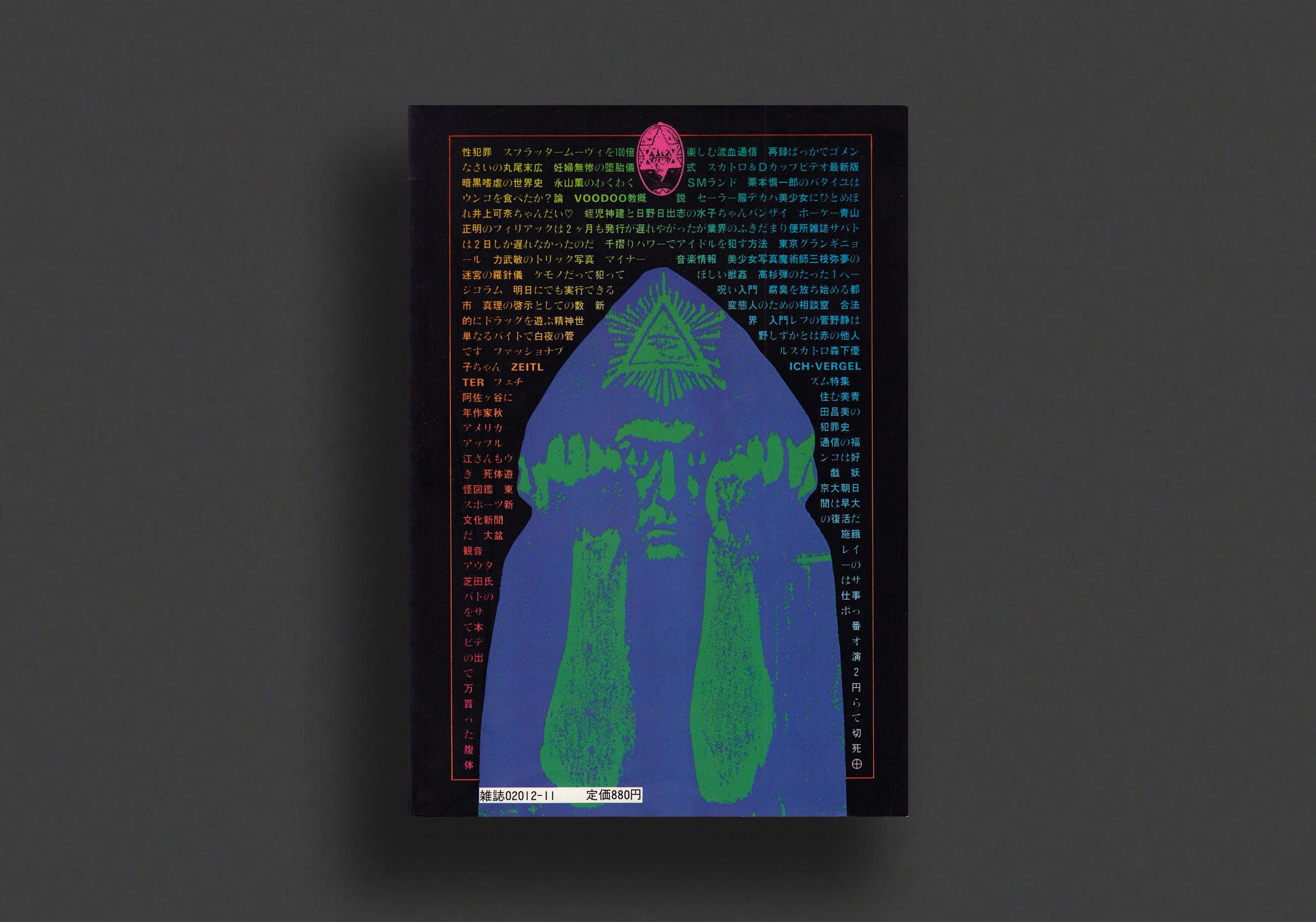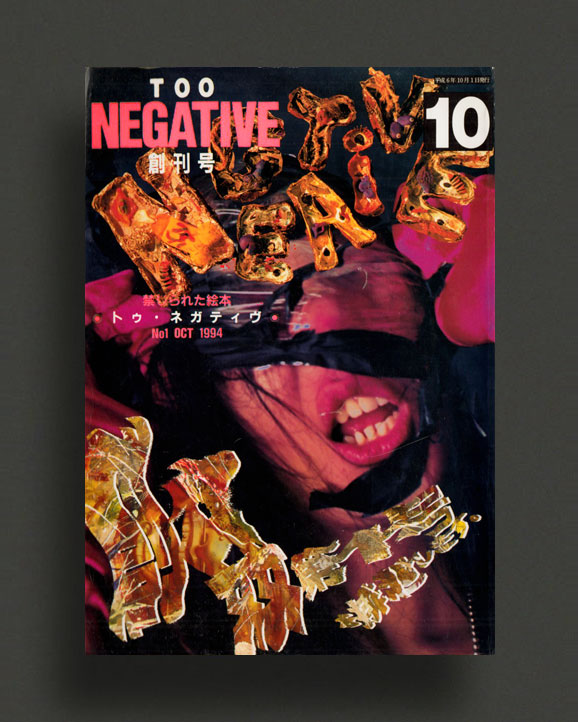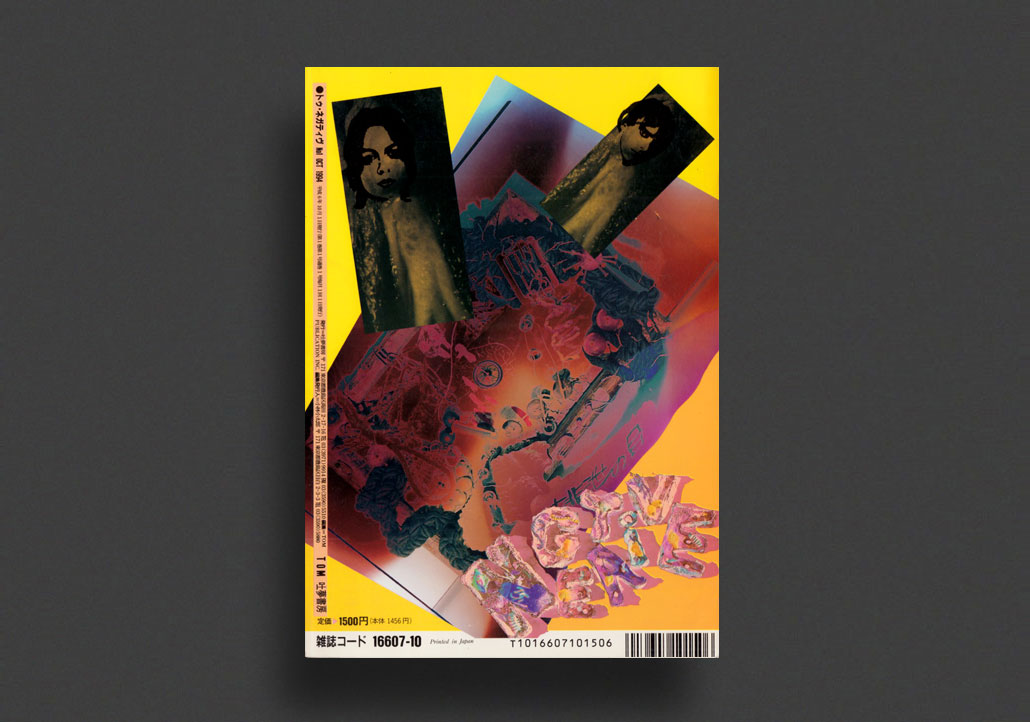(...less)
"People often talk about humanity and humanism, but what makes humans decisively different from animals is that they betray, deceive, and destroy others. Humanity means being cruel."—Masaaki Aoyama
Super rare, first and only issue of cult magazine of erotic obscenity, Witches' Sabbath ("Super Pervert, End of the Century, Abuse History"), published in 1985 by Sanwa Publications as a special edition of SM Mania and edited by Masaaki Aoyama (1960-2001), a legendary cult writer, editor and pioneer in the genre of "Kichiku" (cruel) publishing who had a major influence on Japanese subculture in the 1980s and 1990s.
In 1995, after a prolific career in underground publishing, Aoyama edited the first issue of the "brutal" subculture magazine "Dangerous No. 1," which sparked a huge craze for bad taste culture in Japan, with the opening introduction declaring "There are no taboos when it comes to fantasies!". Ten years earlier, at 25 years old, he edited Witches' Sabbath, a call to "Destroy All Orders", a magazine devoted to "Decadence, Ultra-Abnormality, and Maltreatment"; Aoyama's unique, devilish manifestation of a particular convergence of subcultural 1980s Tokyo — punk and industrial music, splatter horror films, underground manga, SM publishing, and occultism. "The Worst Truth of the 20th Century".
Aoyama was deeply attracted to the culture of monsters, the world of the abnormal, the cruel and dark impulses of human-kind. His publishing ventures centred around his fascination with destructive and socially maladjusted people, perversions, social taboos, "freaks" and subjects turned against public order and morality. Profusely illustrated throughout with colour photo galleries, Aoyama, with contributors including Merzbow's Masami Akita, horror manga artists Suehiro Maruo and Hideshi (Guinea Pig) Hino, manga critic and activist Shinichiro Kurimoto, Hisao Nakano, Mongoose Nagayama, Dan Takasugi, Ken Hirukogami, and others, present features on all manner of heterodox culture, everything from an illustrated guide to corpse photography, splatter horror movies, scatology, how-to seppuku/harakiri (Japanese ritualistic suicide by disembowelment), horror manga (new artworks by Maruo, Hino, comic by Jimmie Morita, and others), infant mania, drugs, necrophilia, Industrial Records (Throbbing Gristle, Monte Cazazza, SPK, etc,), Zeitlich Vergelter, Ron Geesin, sadistic crime history, deformities, Georges Bataille, devil pregnancy kinbaku, sorcery, bestiality, witch hunting, SM readers confessions, the latest in fetish publishing, D-Cup extravaganza (big breast video and magazine publishing), and much more. A special Nazi issue was planned for the next issue, but the magazine was discontinued after this first issue.
An important publication in the history of Japan's "Kichiku" (cruel) publishing. Cover artwork by Ran Akiyoshi.
Not for the faint of heart. Strictly mature audiences only.
From the Editor's notes: "[...] That's because my original path was escapist fairy tales, and whether it was manga, photography, or bookmaking, what I wanted to depict was the world of children. There's no doubt that the purest things and madness are side by side... What is abnormal and what is normal? In this day and age when everything man has created is being torn down and all boundaries are being removed, humans are being led astray by the enormous concepts they have created. Is Witches' Sabbath just a pornographic book? Is Masaaki Aoyama just crazy? It has only just begun."
Masaaki Aoyama (1960-2001) was pioneer of the Japanese underground publishing scene. When he was in the third grade of elementary school, his father bought him a copy of Hiroshi Minamiyama's book "Supernatural Mysteries," which sparked his interest in the supernatural and the occult. Although he never studied, he displayed his prodigy qualities from an early age whilst simultaneously becoming addicted to masturbation. His intense quest for knowledge and perversion continued into his adult life. A self-proclaimed hedonist, Aoyama was hailed as a rare genius editor that had a profound, almost traumatic impact on people. Aoyama openly discussed and pursued a wide range of specialised topics, from drugs, lolicon, scat, and freaks to cult movies, progressive rock, punk, techno, the occult, heretical thought, and the spiritual world. He worked prolifically, editing and writing articles for mini-comics, books and magazines such as Hentai, Hey! Buddy, Billy, Witches' Sabbath, Philiac, Eccentric, amongst a seemingly endless list of fringe "pervert" publications that proliferated after the emergence of vending machine books in the 1970s. In 1992, Aoyama wrote Japan's first practical drug manual, "Dangerous Drugs," a "bible for junkies" which sold over 100,000 copies. In 1995, he edited the first issue of the "brutal" subculture magazine "Dangerous No. 1," which quoted the words of cult guru Hassan I-Sabah: "There is no truth. Everything is permitted." The magazine, which was packed with an exhaustive range of deviant, perverted, and bad taste content, became a huge hit, selling over 250,000 copies in total, sparking a craze for "Kichiku" (cruel) publishing in Japan in the late 19th century.
"No taboos in delusions"—Dangerous No. 1 introduction.
The trend of consuming things that are generally viewed as objects of loathing or pity from a mondo perspective was accelerated all over the world during the nihilist 1990's, but it was particularly popularised in Japan. From V-Zone video culture to comic books like Garo and the works of Kei (Takashi) Nemoto, Suehiro Maruo and Hideshi Hino, to subculture magazines that stimulated spectacle-based curiosity, crime and voyeurism, such as GON!, BUBKA, Sekimatsu Club, TOO NEGATIVE, End of the Century, Weekly Murder Casebook, Bessatsu Takarajima. Around the same time, Aoyama was diagnosed with multifocal posterior pigment epitheliopathy (MPPE), an extremely rare eye disease affecting around 50 people nationwide in Japan, which later became one of the factors that led him to become interested in spiritual matters. Aoyama, the mastermind behind this new genre of "Kichiku" (cruel), bad taste publishing, became disillusioned with the vulgar taste that was being mass-produced as a result of the boom. Aoyama felt the genre lost its substance as a counterculture or literary movement and had been absorbed into popular culture, the historical lineage of erotic underground publishing had become dissolved with the boom of extreme content on the internet. Without moralising, he had stared directly into the abyss. The dark truths he sought fed his own deviancy and addictions. Aoyama became depressed and reclusive. In 1997, Sakakibara Seito, an avid reader of Danger No. 1, committed the Kobe child murders. This led to bookstores removing all bad taste subculture books from their shelves. In 1999, "The Complete Works of Aoyama Masaaki” was published, marking the end of "Kichiku" publishing. Aoyama sought the light and pursued a new theory of happiness related to the spiritual world based on psychoneuroimmunology, molecular biology, and Buddhist resignation. In an interview with the magazine BURST, he declared, "the brutal genre is no longer fresh. From now on, I'll go for the soothing genre." He hanged himself at his home in Yokosuka, Kanagawa Prefecture on June 17, 2001, at the age of 40.
Near Fine collector's copy!
File under:
Masami Akita (Merzbow)
Suehiro Maruo
Hideshi Hino
Ran Akiyoshi
Industrial Records
Throbbing Gristle
Monte Cazazza
SPK
Zeitlich Vergelter
Masami Akita (Merzbow)
Shinichiro Kurimoto
Masaaki Aoyama
Georges Bataille
Sanwa / Tokyo
Eros
Ero Guro / Erotic / Grotesque
Out-of-print / Rare
Periodicals
Counterculture
Illustration / Graphic Art / Bandes Dessinées
Japanese Photography
Fetishism / BDSM
Occult / Esoterica
Ancient / Medieval / Gothic
Crime / Violence
Drugs / Psychedelia
Gender Studies / Sexuality
LGBTQ+
Transgressive / Visceral / Abject




















































































































































